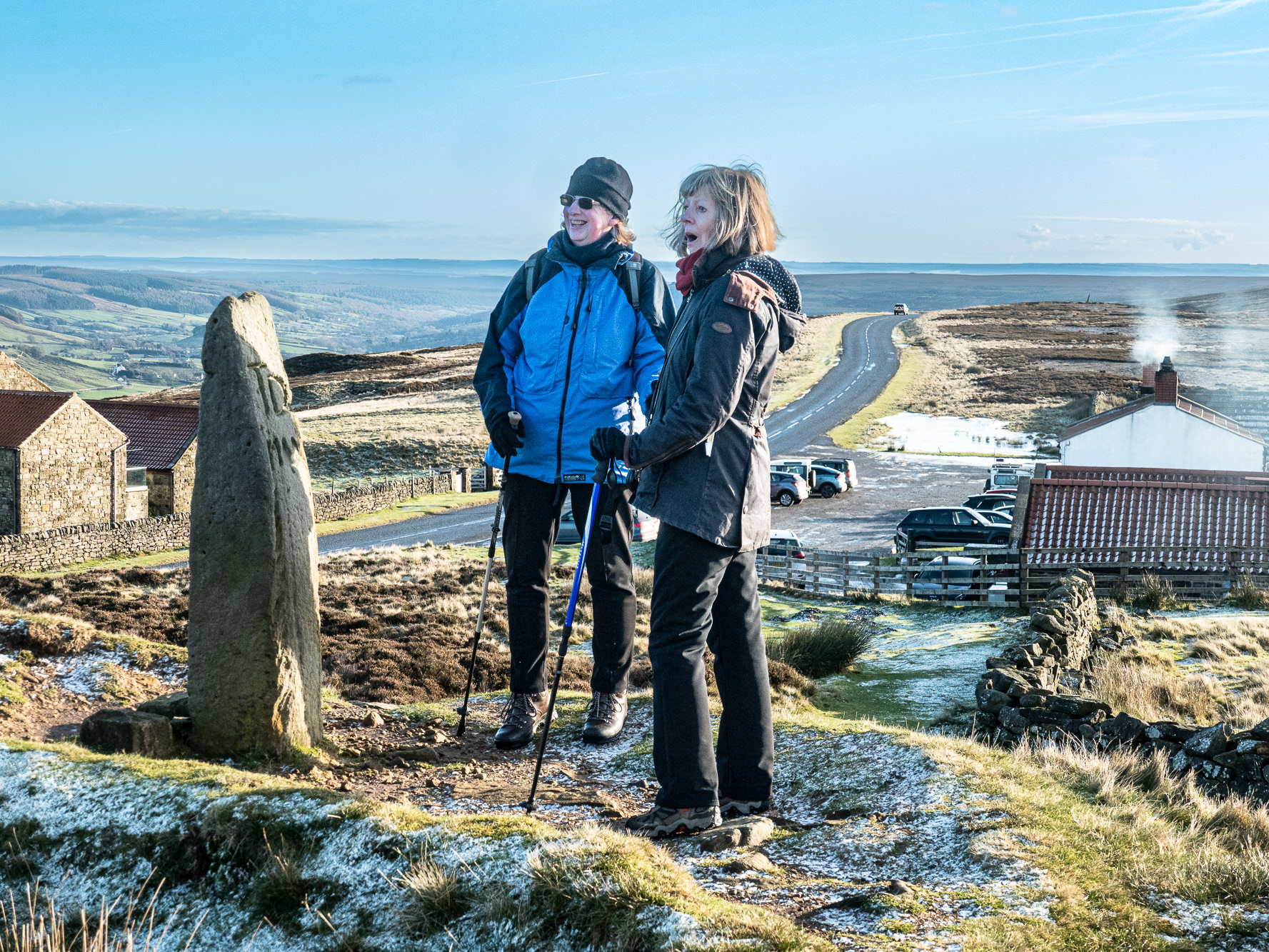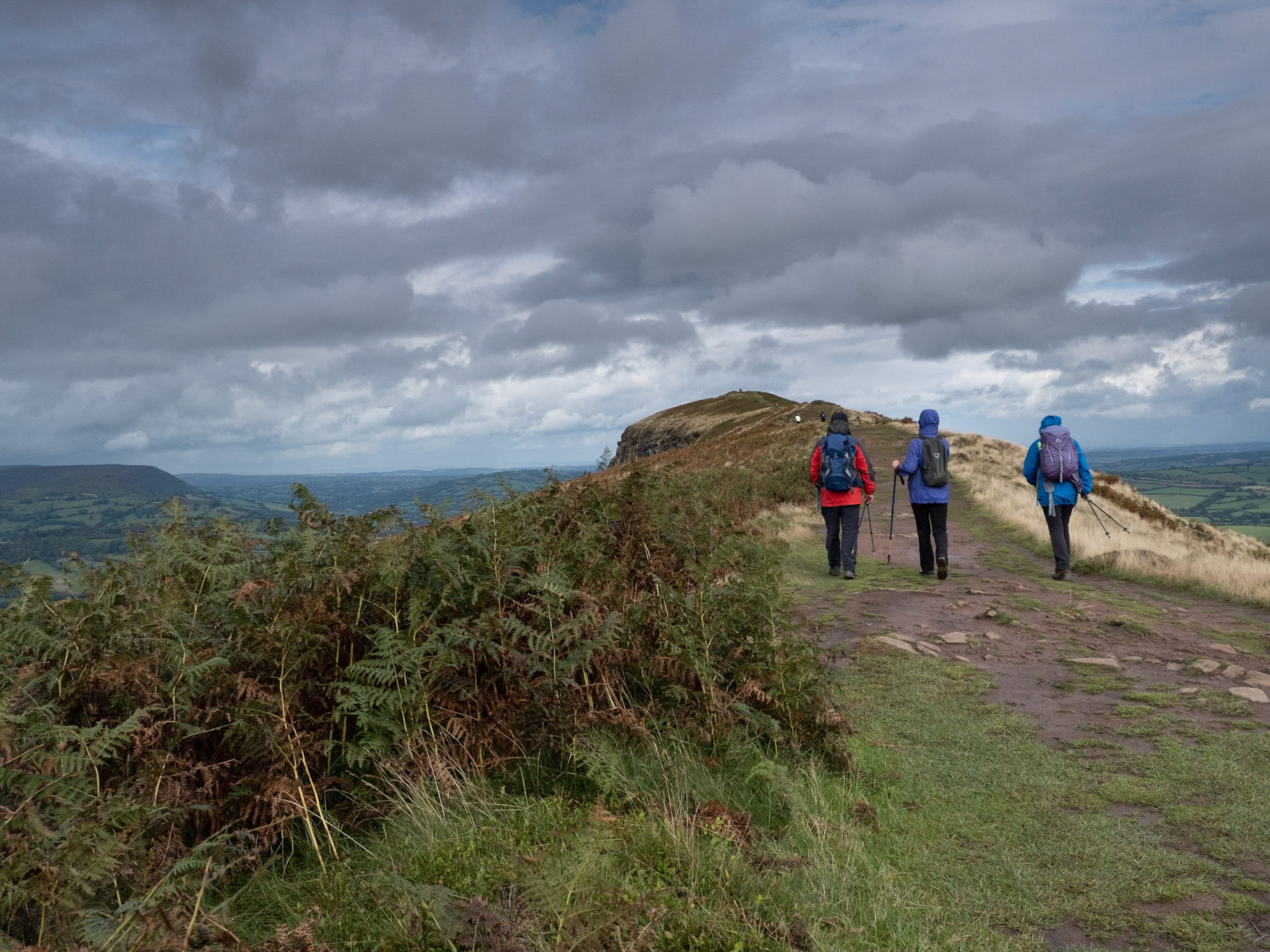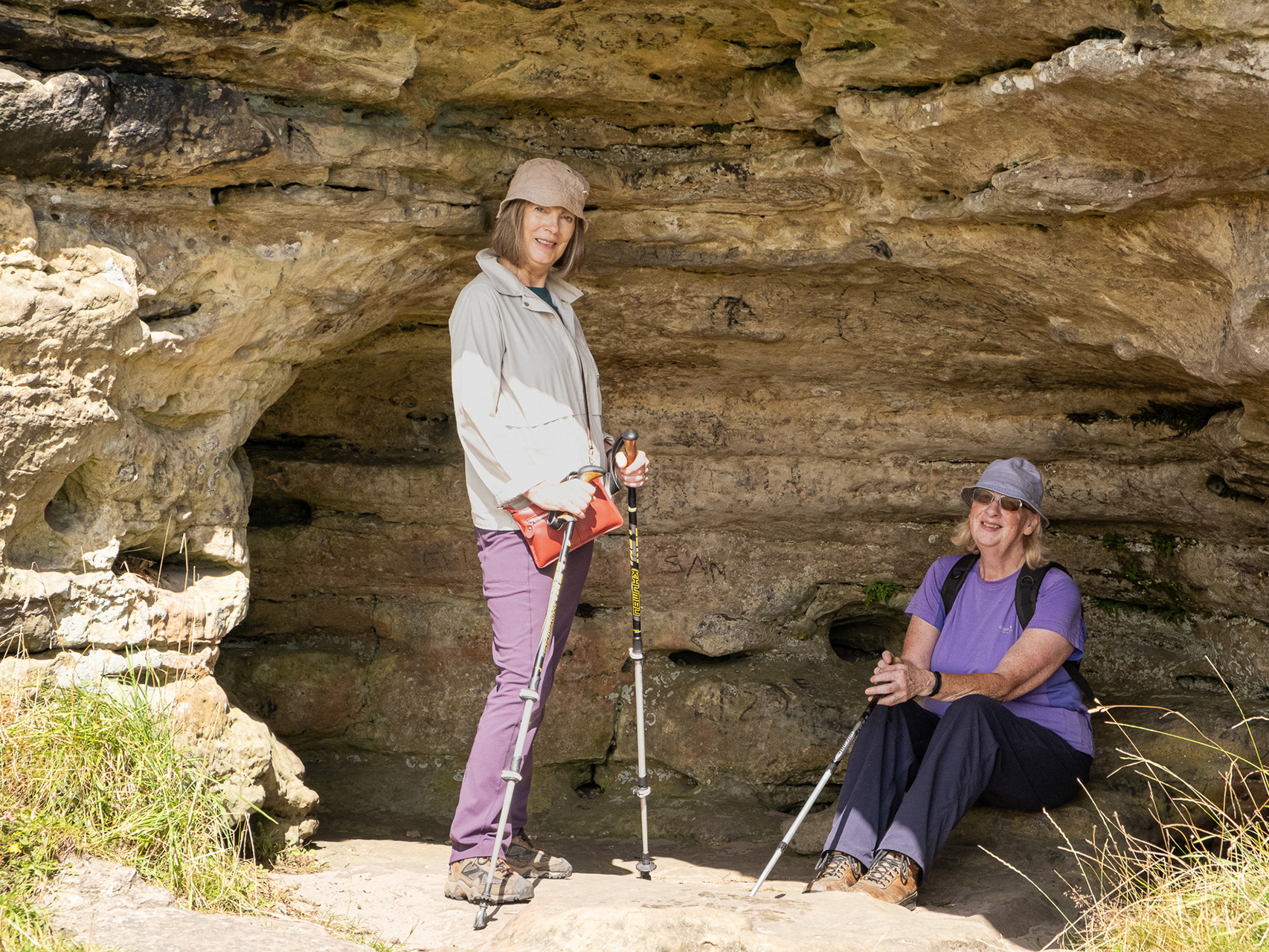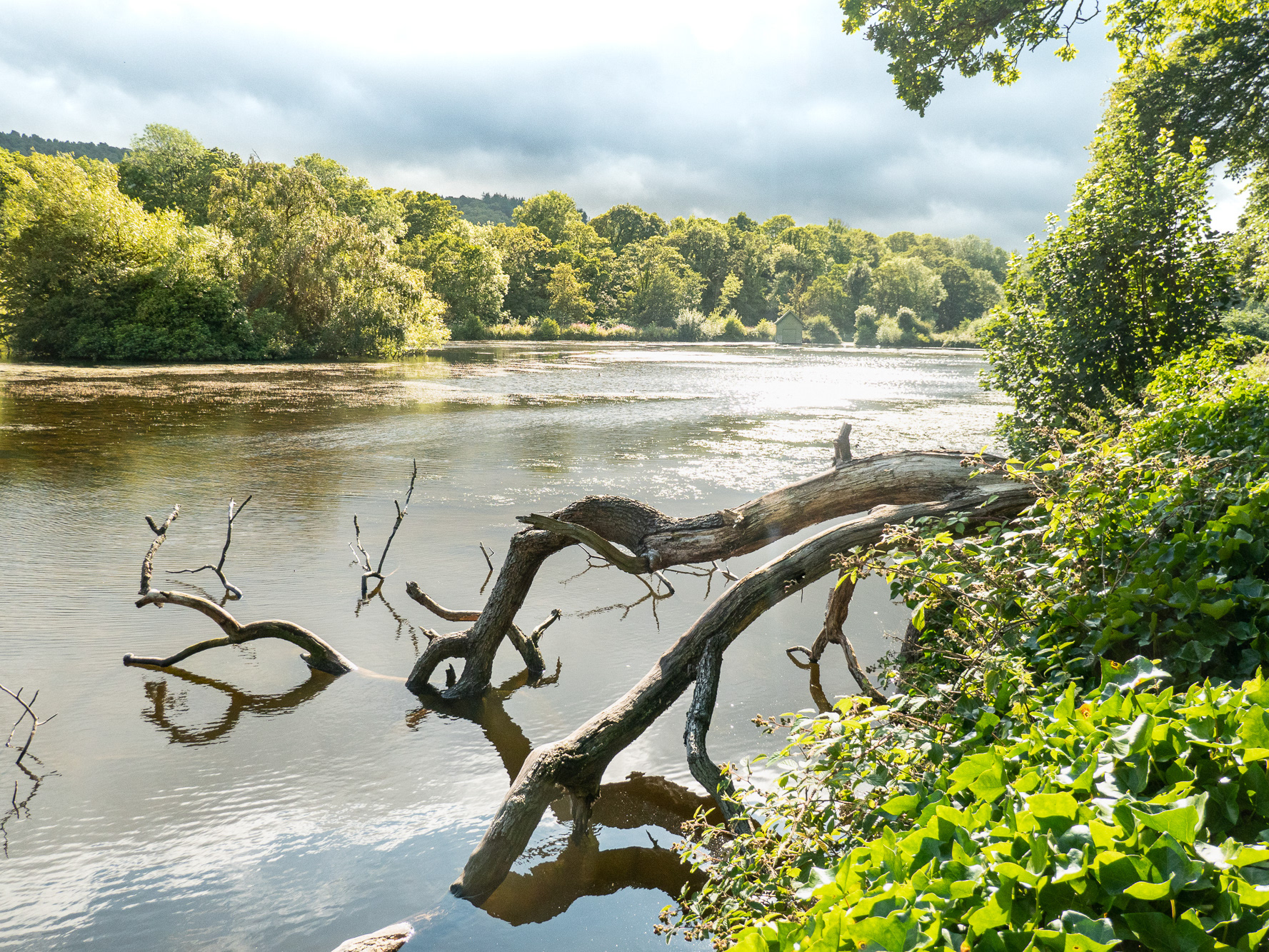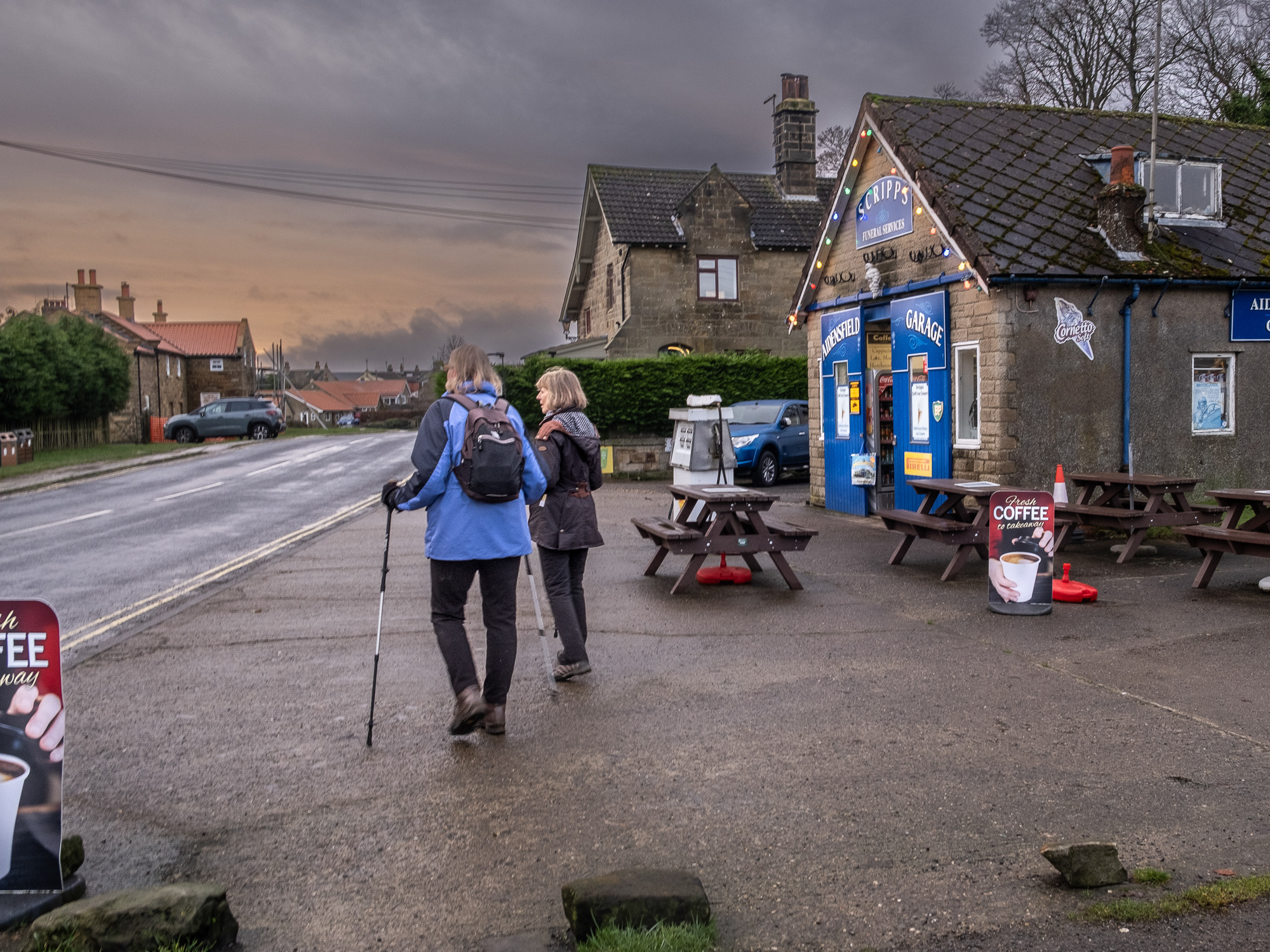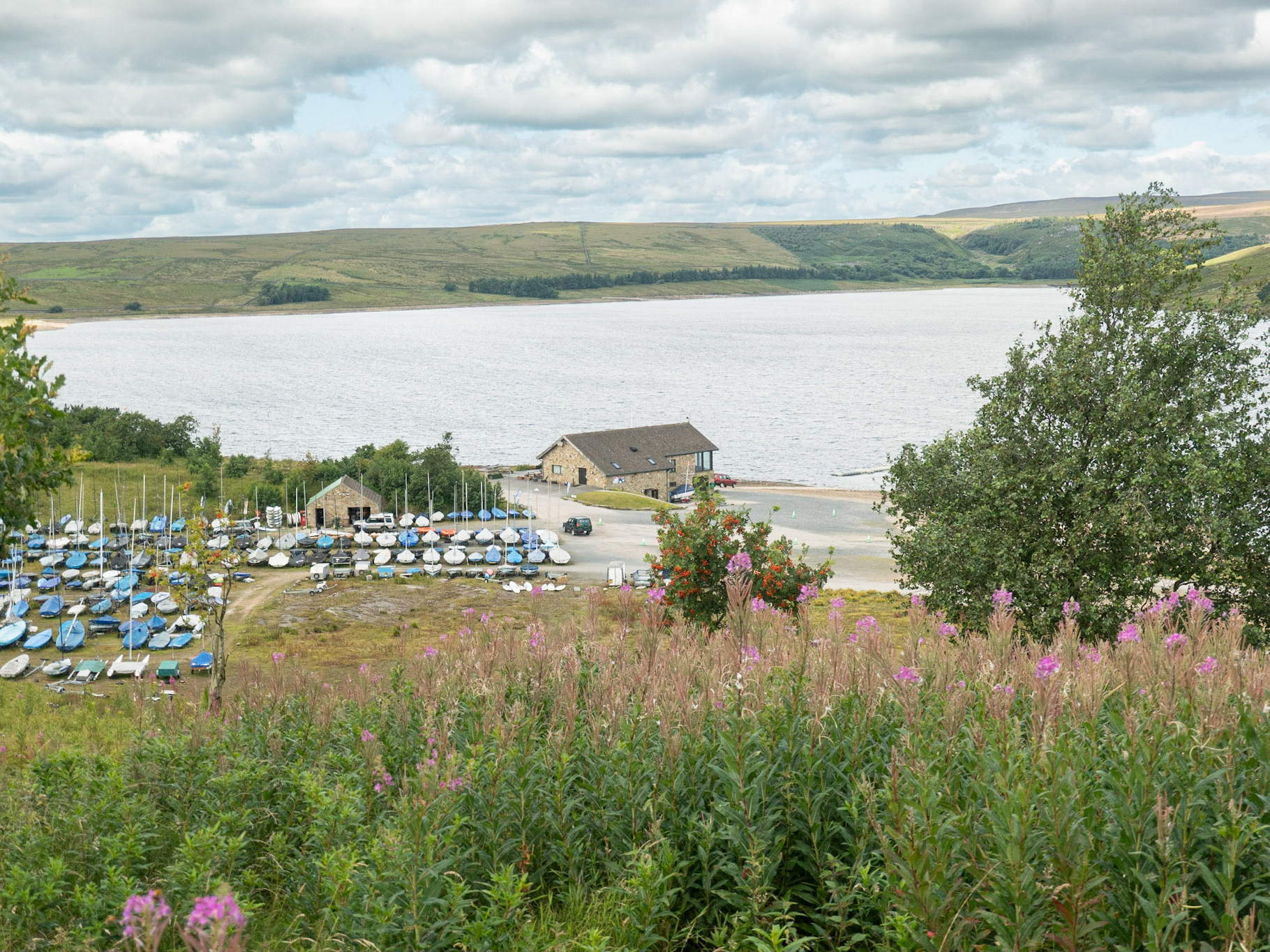The Hole of Horcum
Todays walk takes Captain Adventure, Helena and myself to The Hole of Horcum, setting off from Thornton Dale in the morning and returning just before dusk.
We leave our car at Saltergate car park on the A169 crossing the road and setting off down the hill towards the start of our walk. Our route today is a circular one and have chosen to do it clockwise, ( the easier bit last), with a detour taking in Skelton Tower. The distance covered today is 8 miles.
Todays walk takes Captain Adventure, Helena and myself to The Hole of Horcum, setting off from Thornton Dale in the morning and returning just before dusk.
We leave our car at Saltergate car park on the A169 crossing the road and setting off down the hill towards the start of our walk. Our route today is a circular one and have chosen to do it clockwise, ( the easier bit last), with a detour taking in Skelton Tower. The distance covered today is 8 miles.
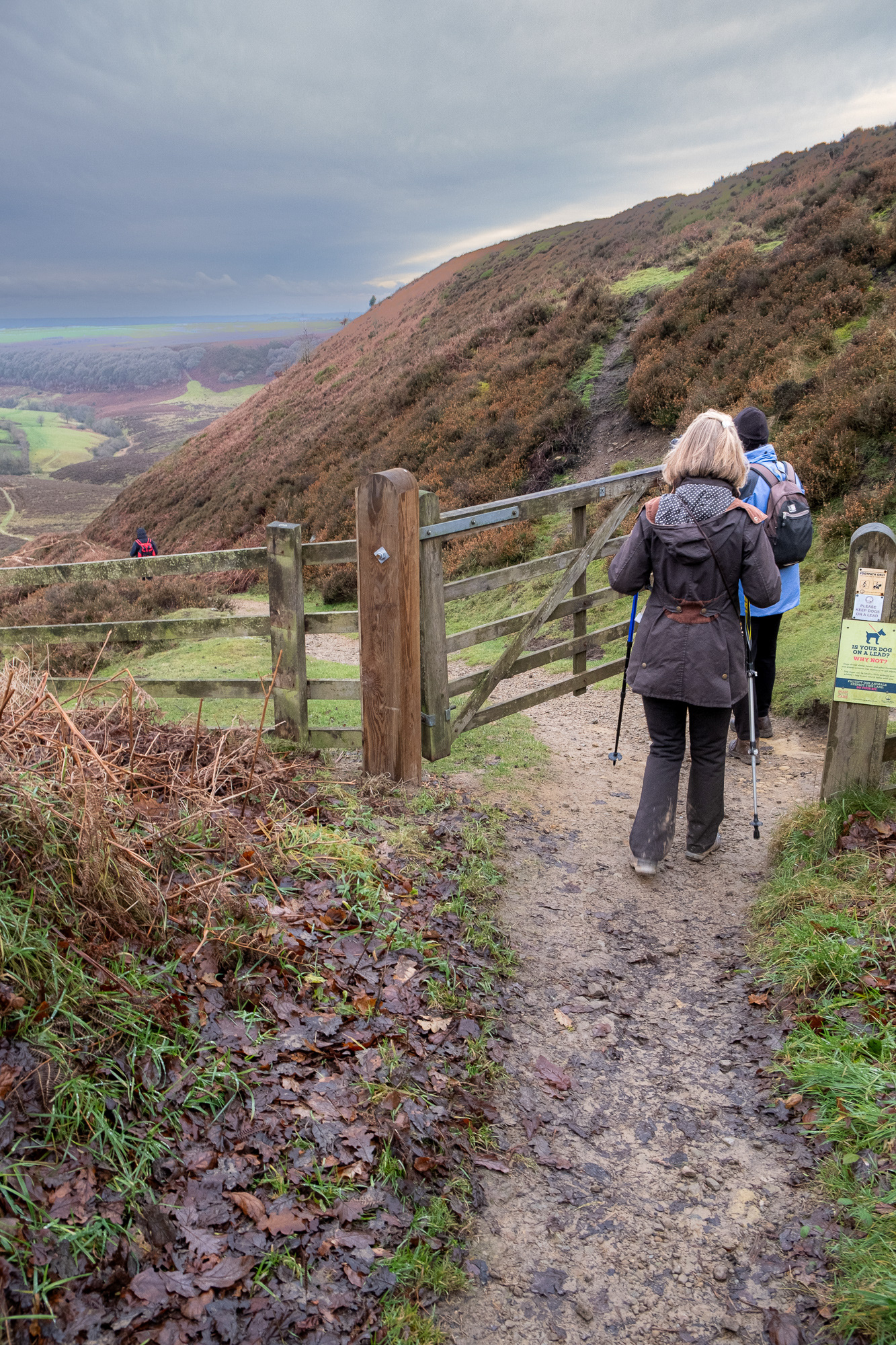
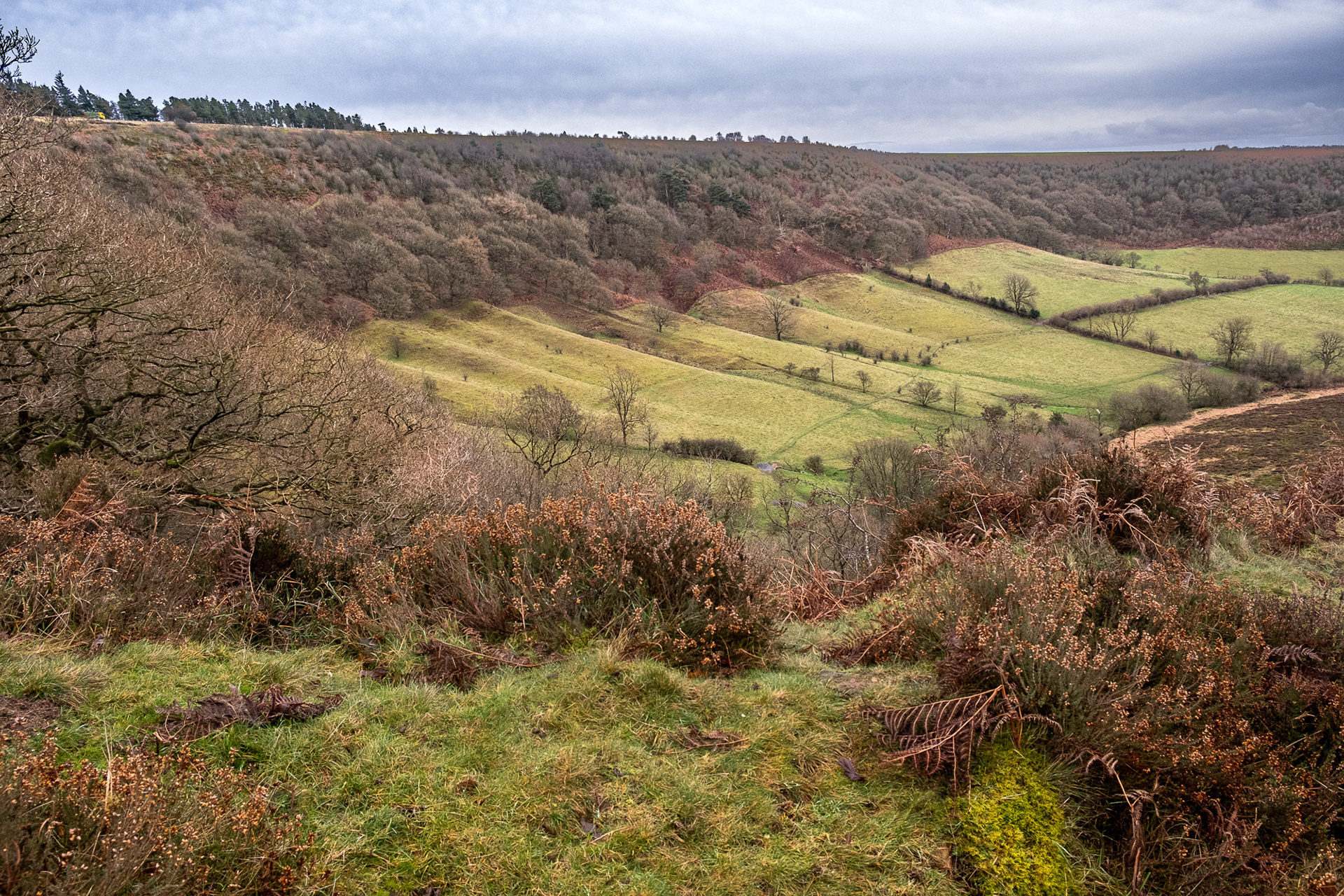
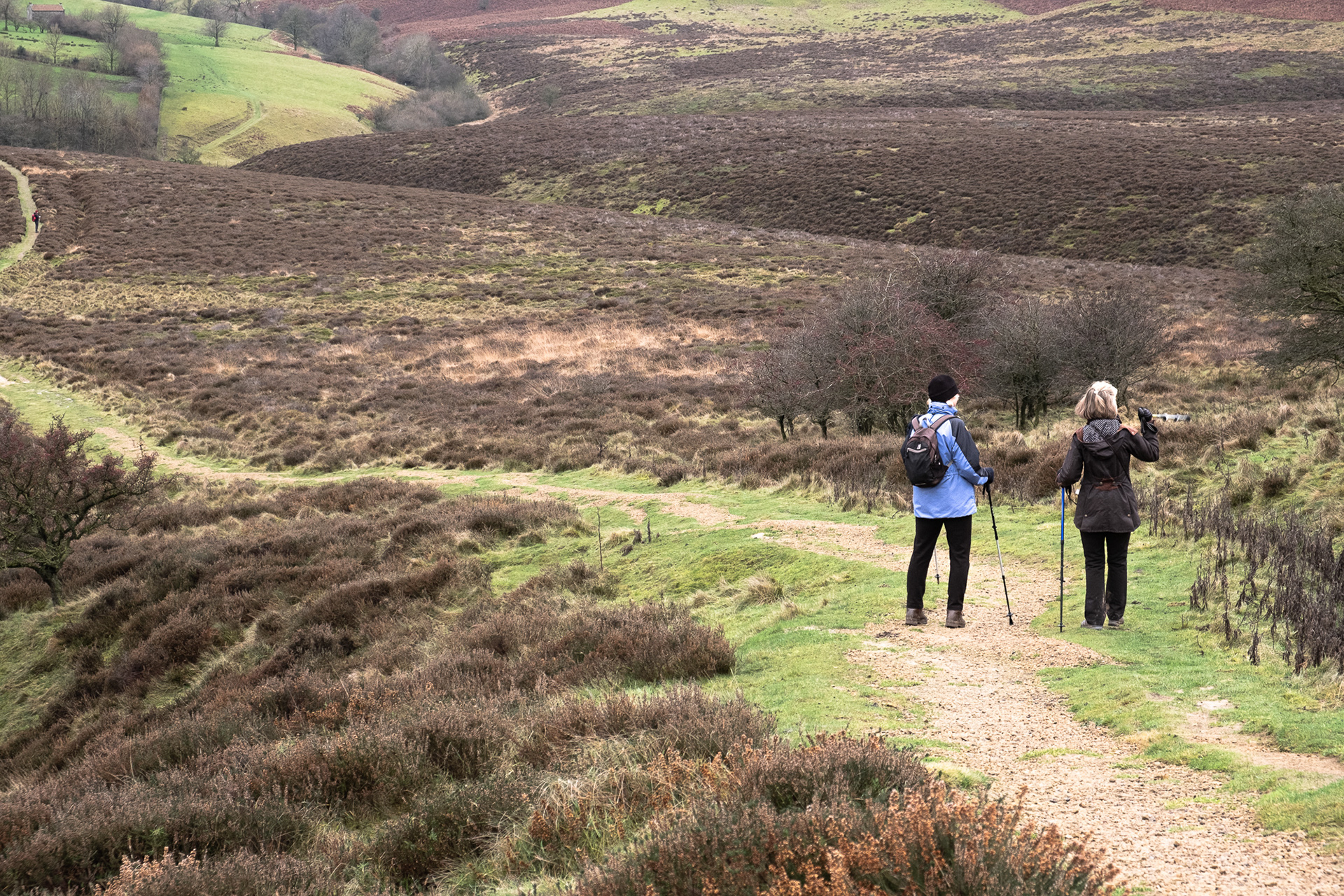
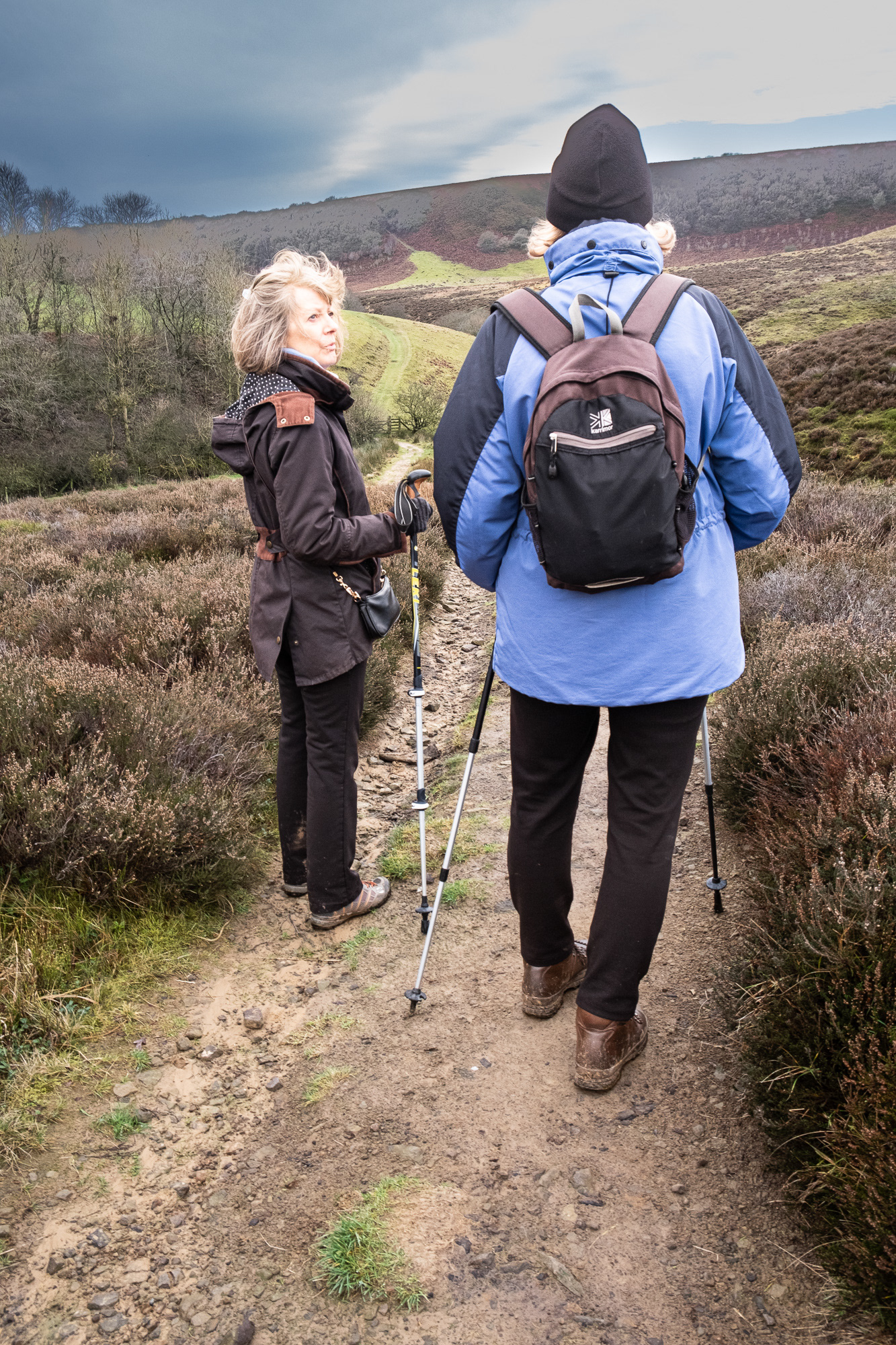
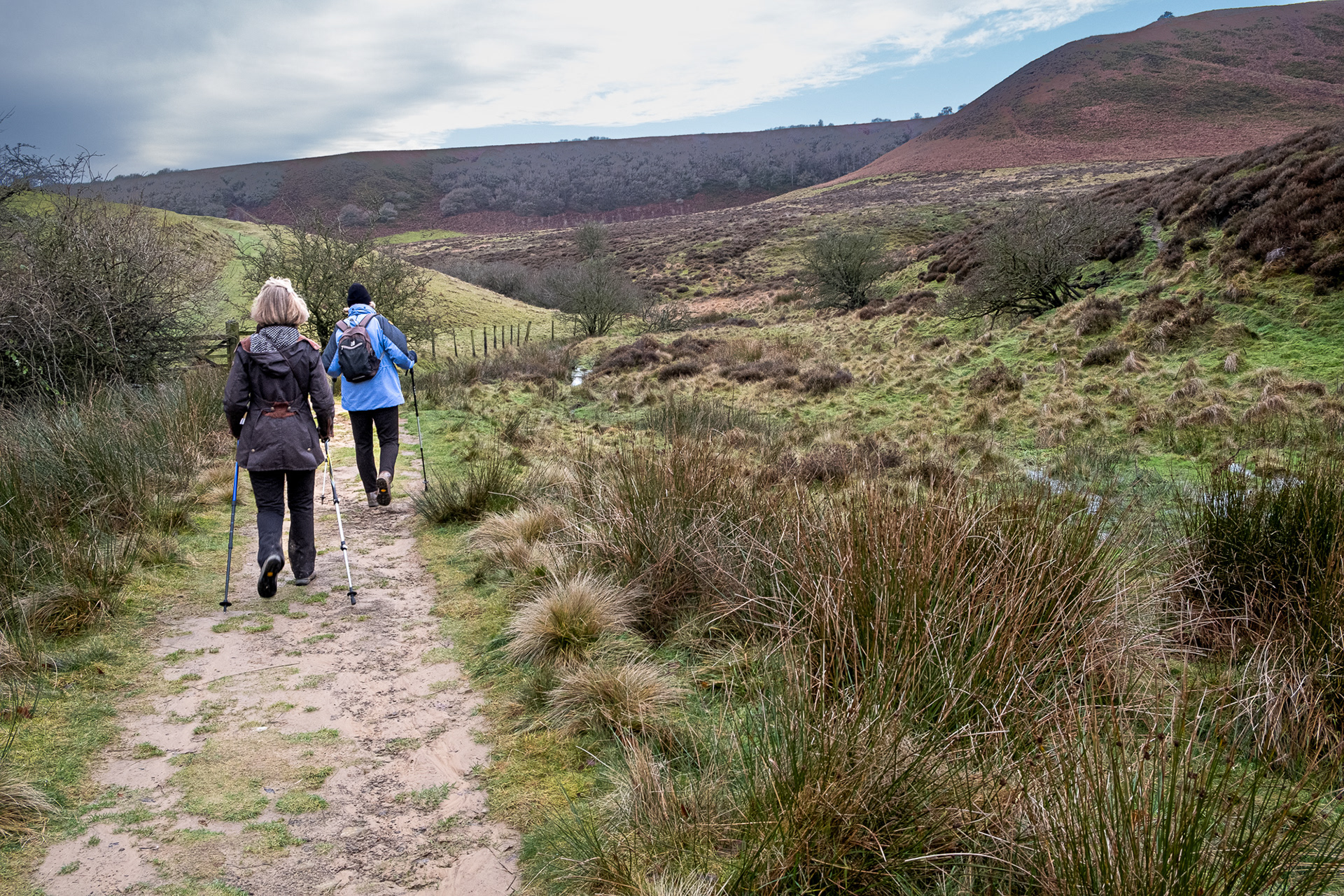
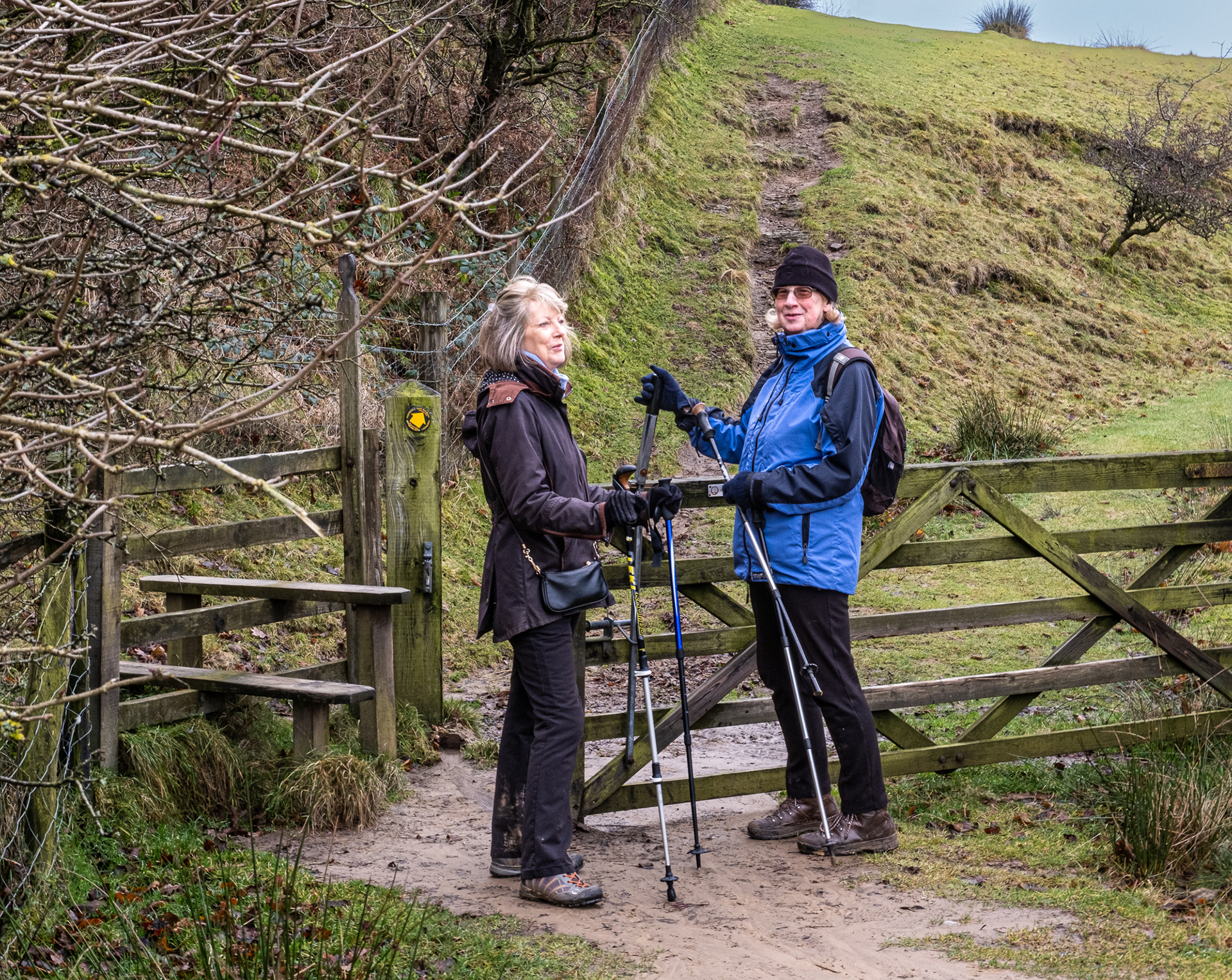
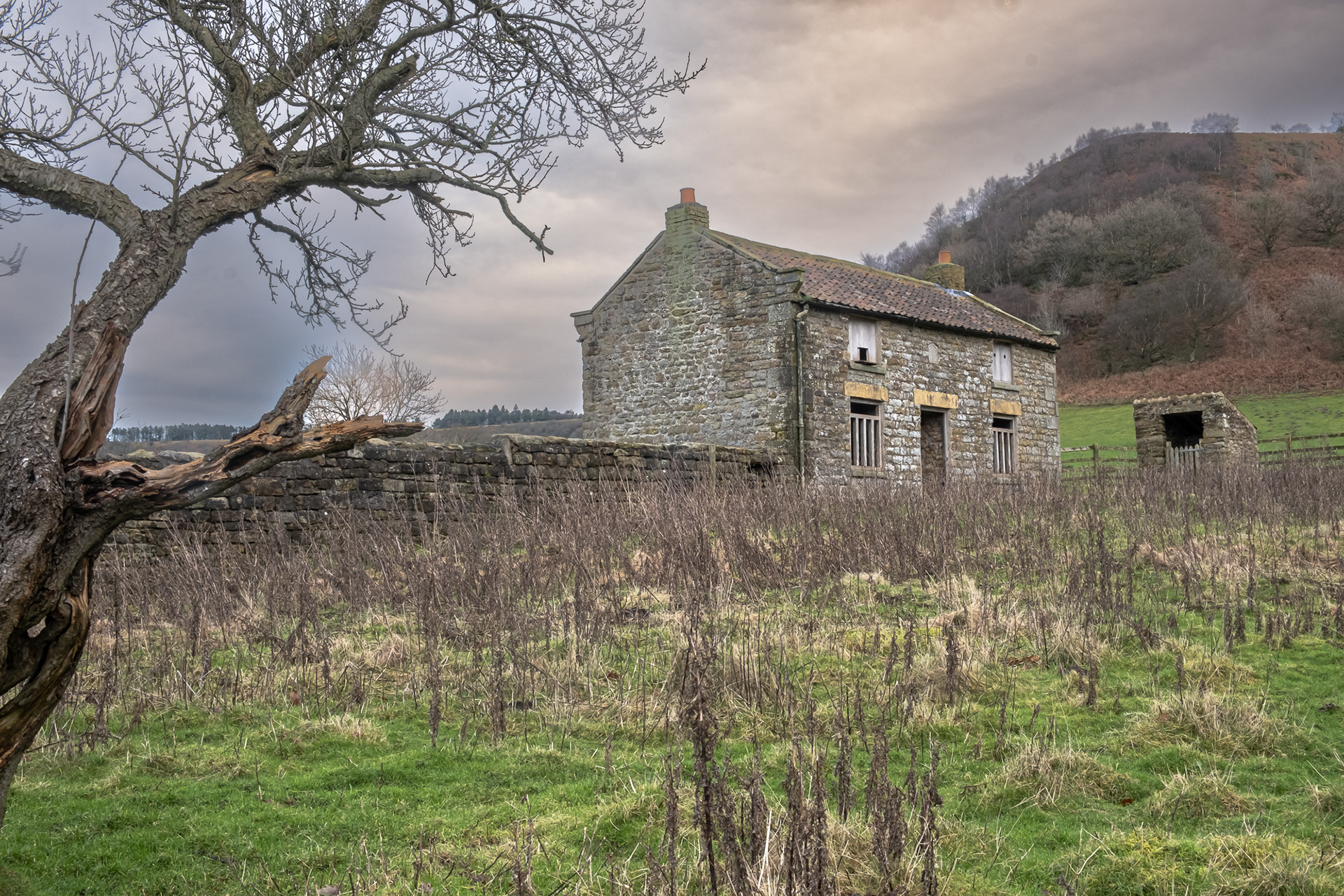
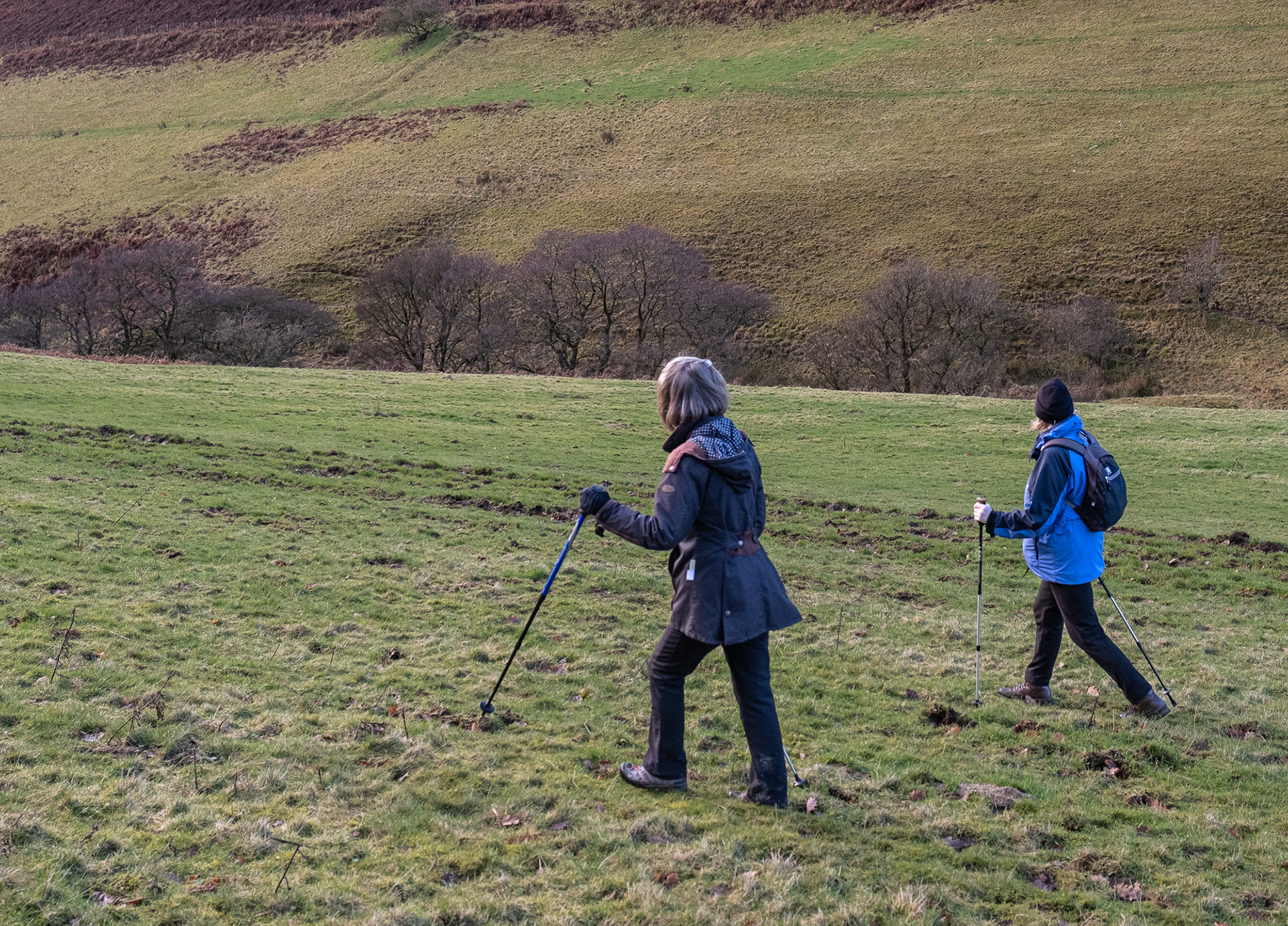

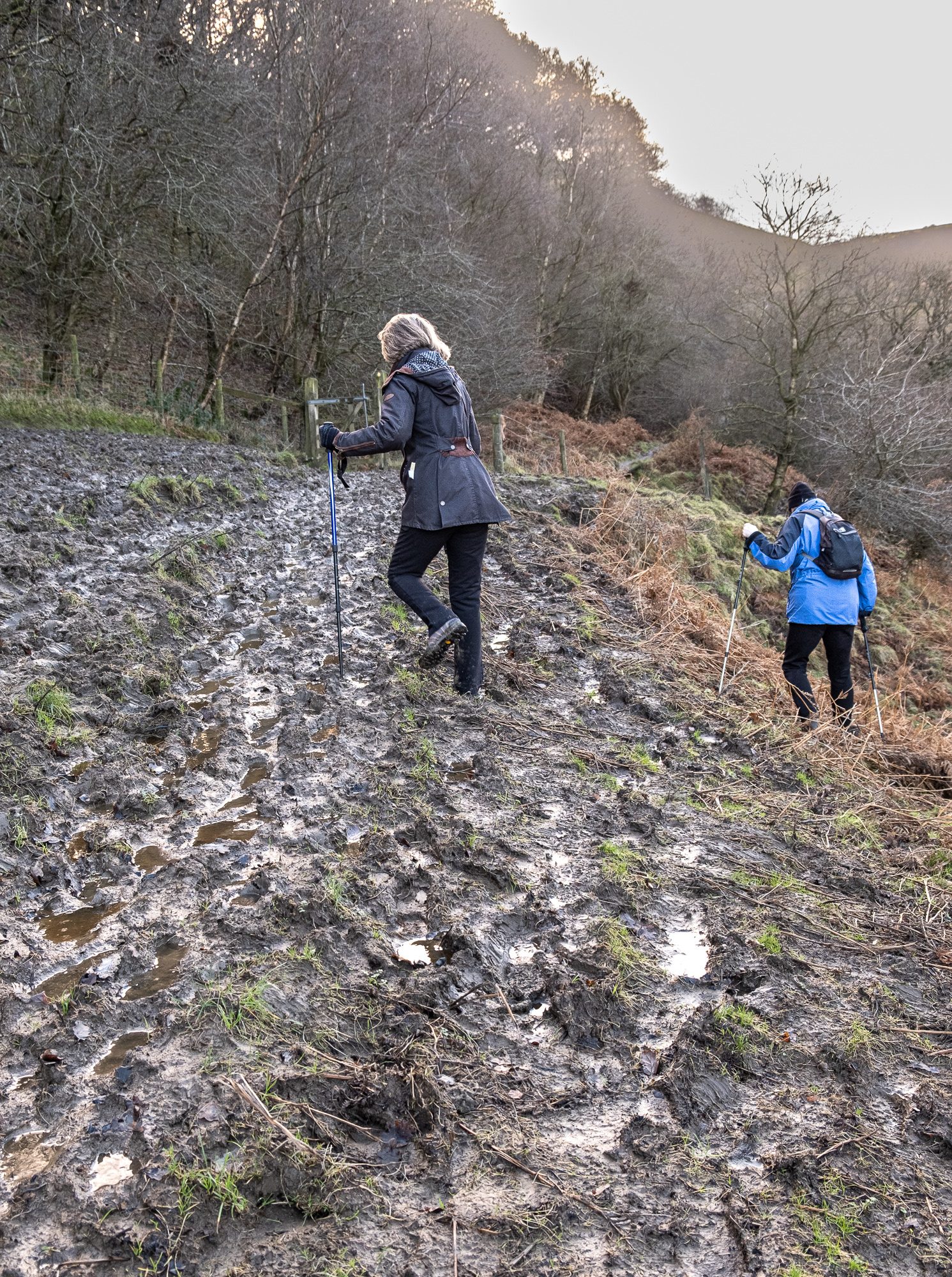
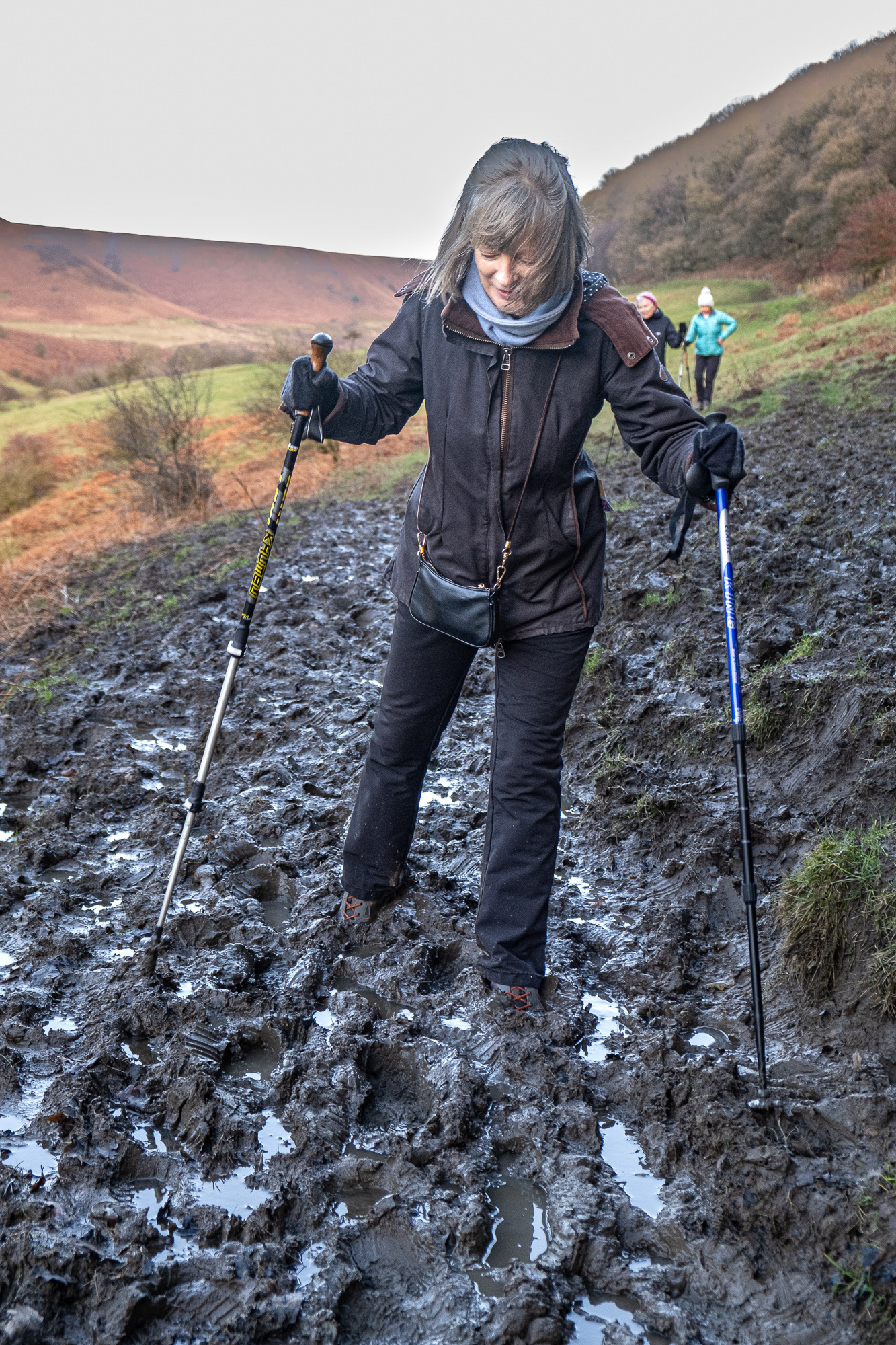
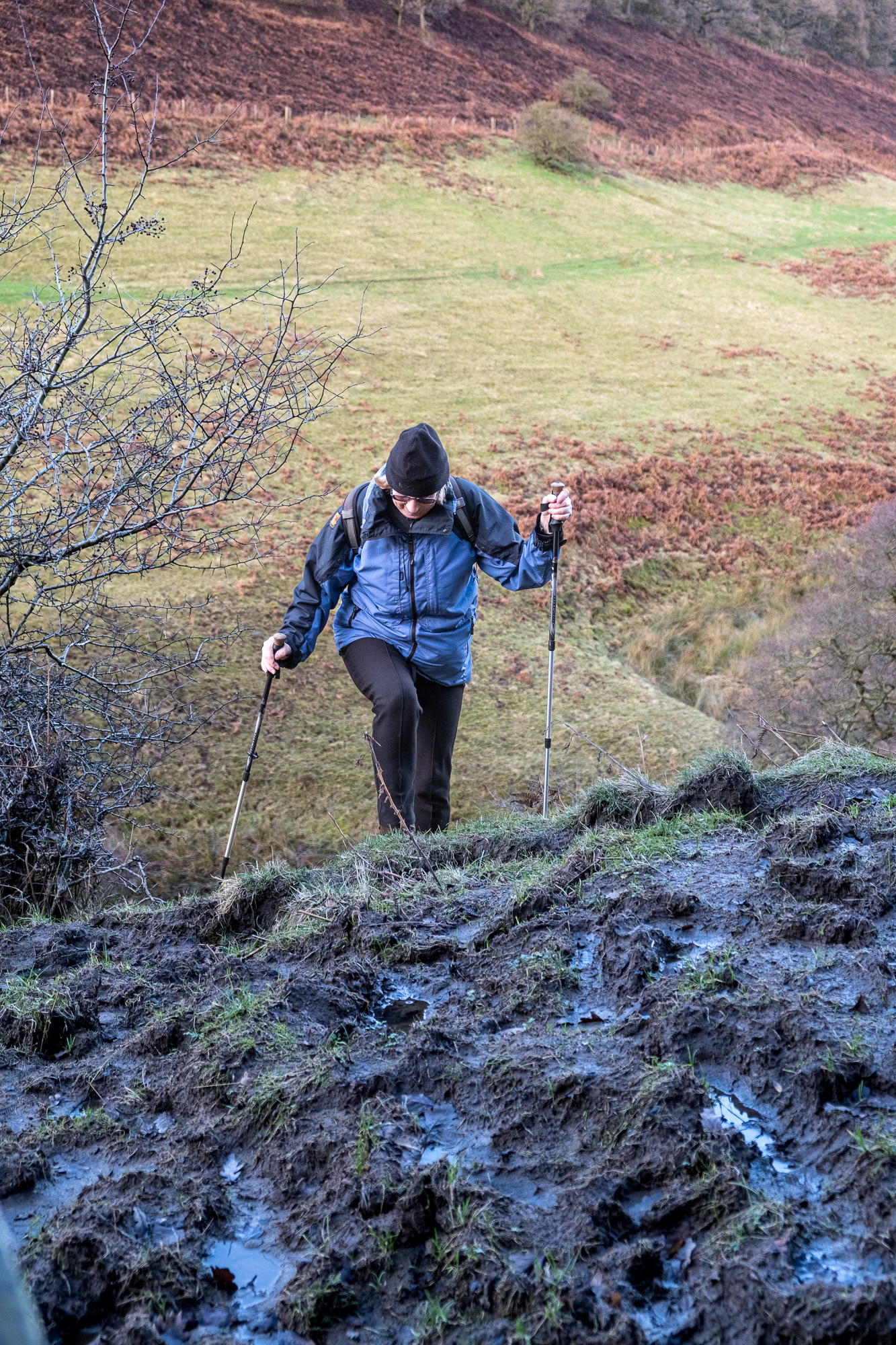
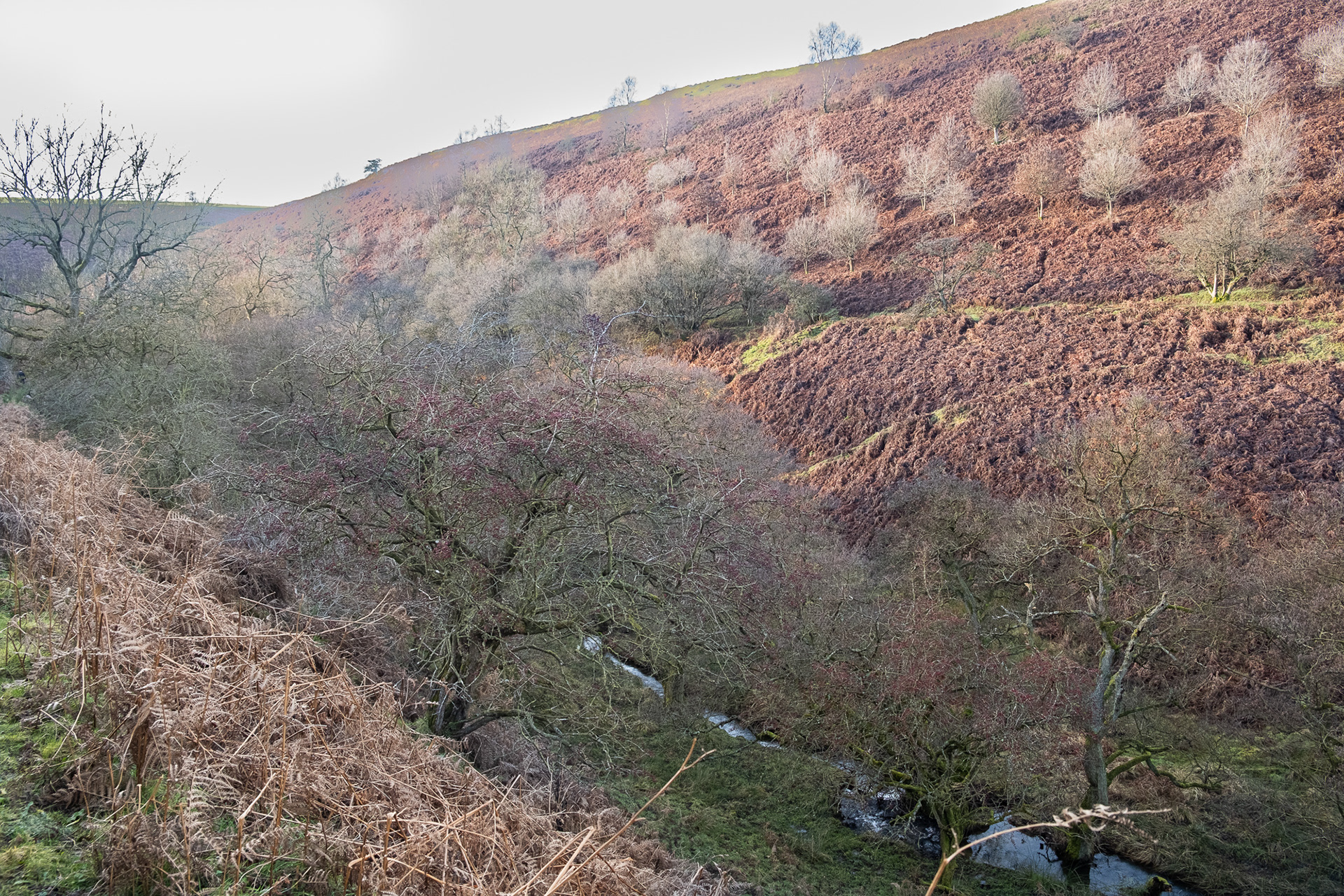
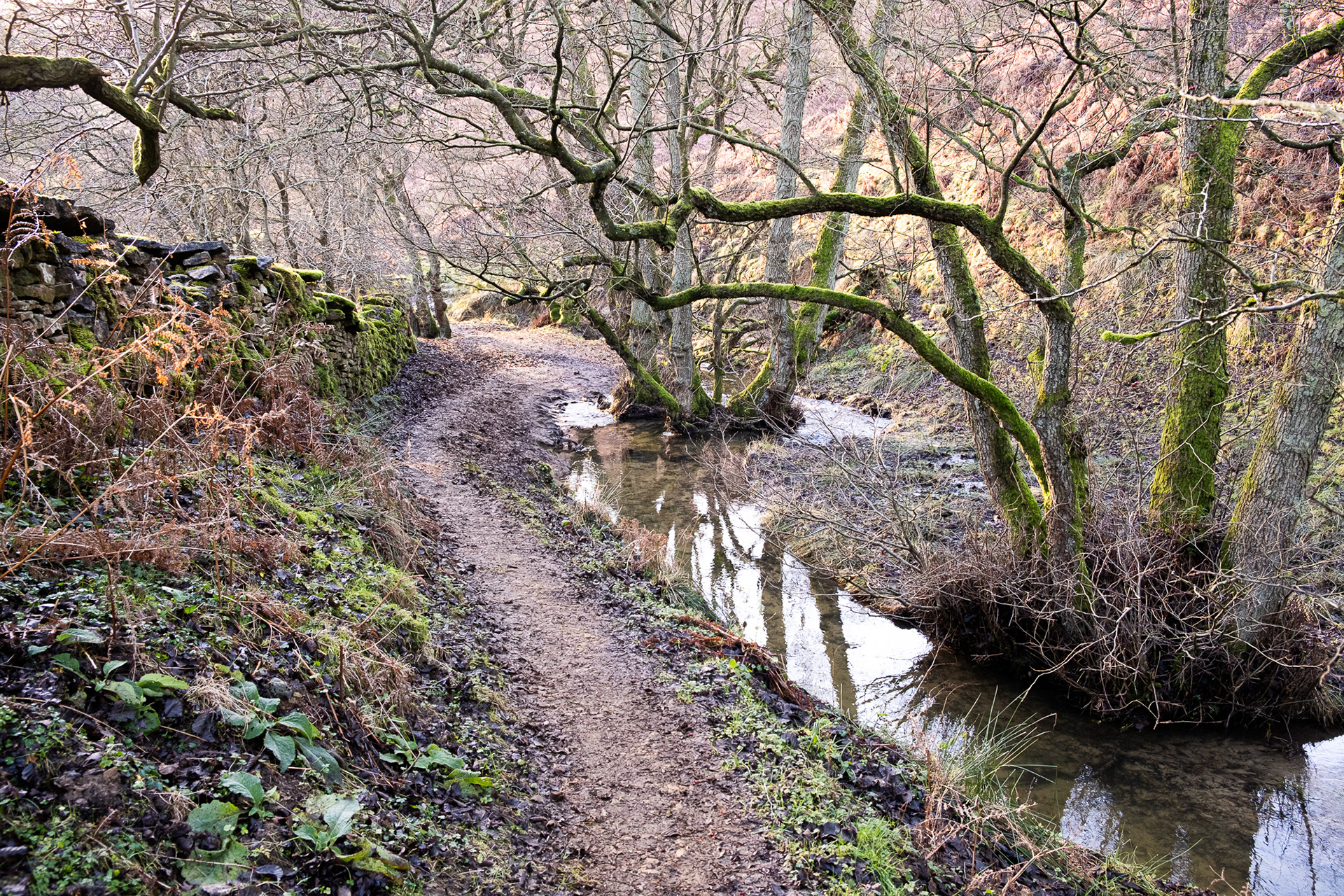
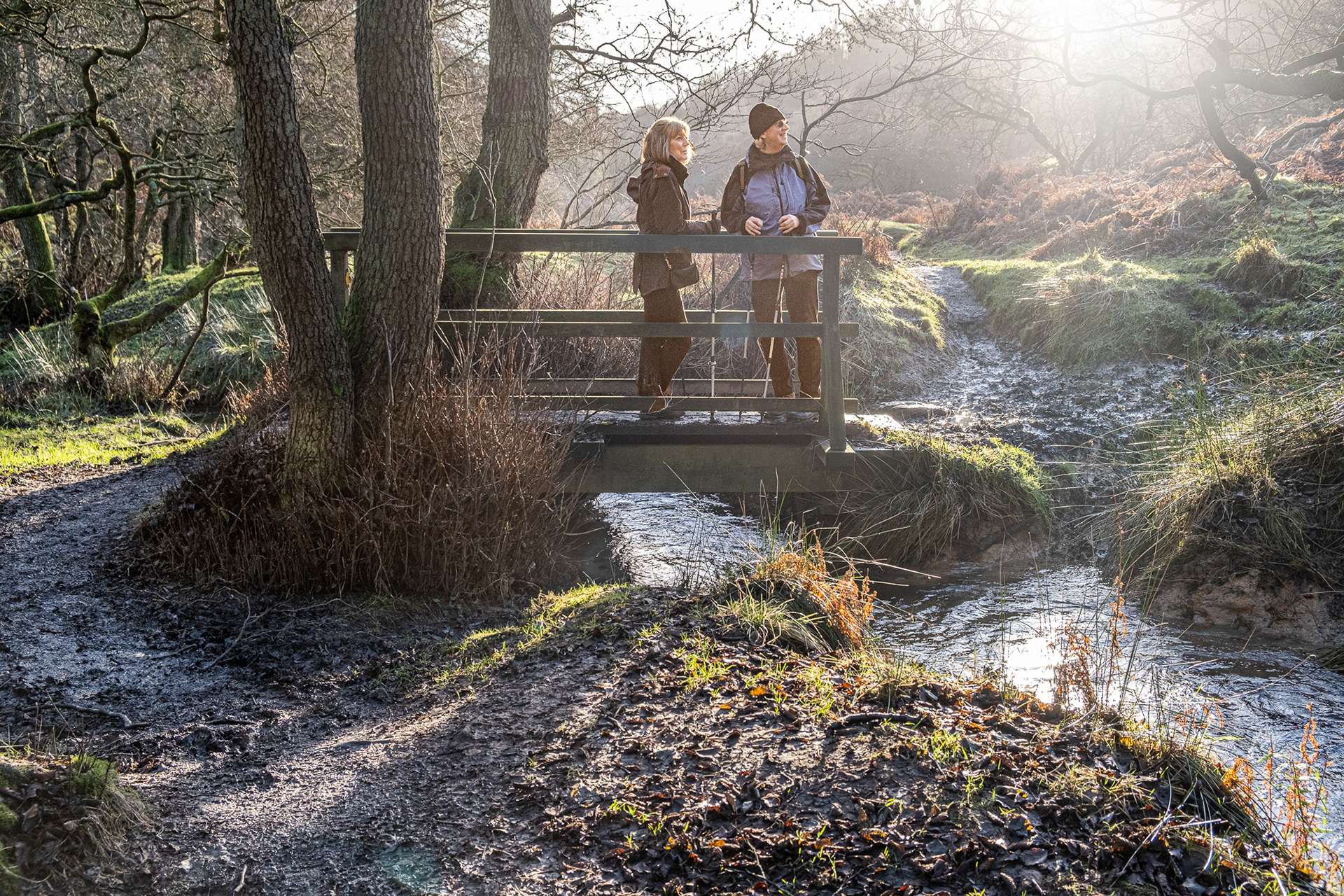
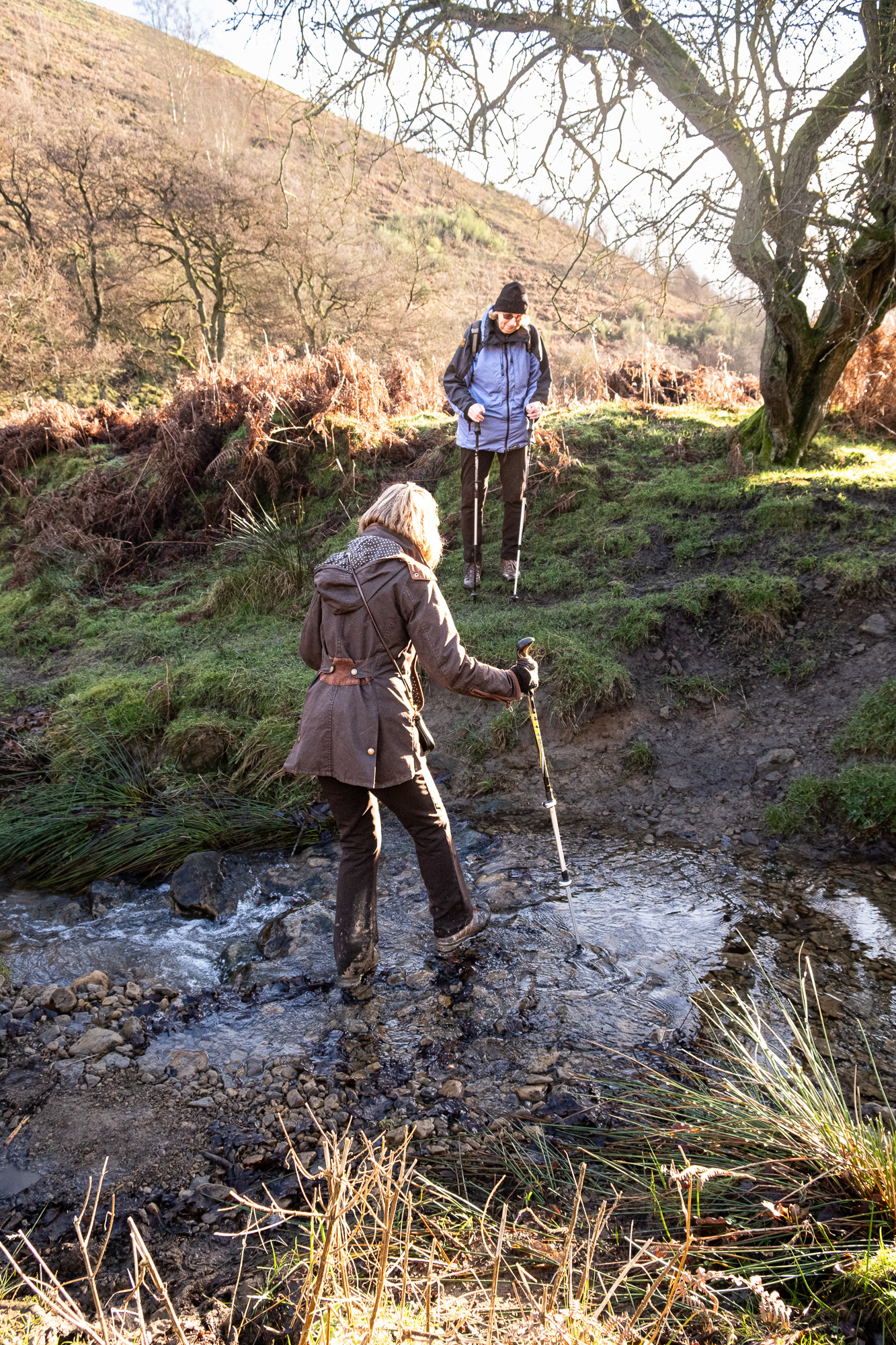
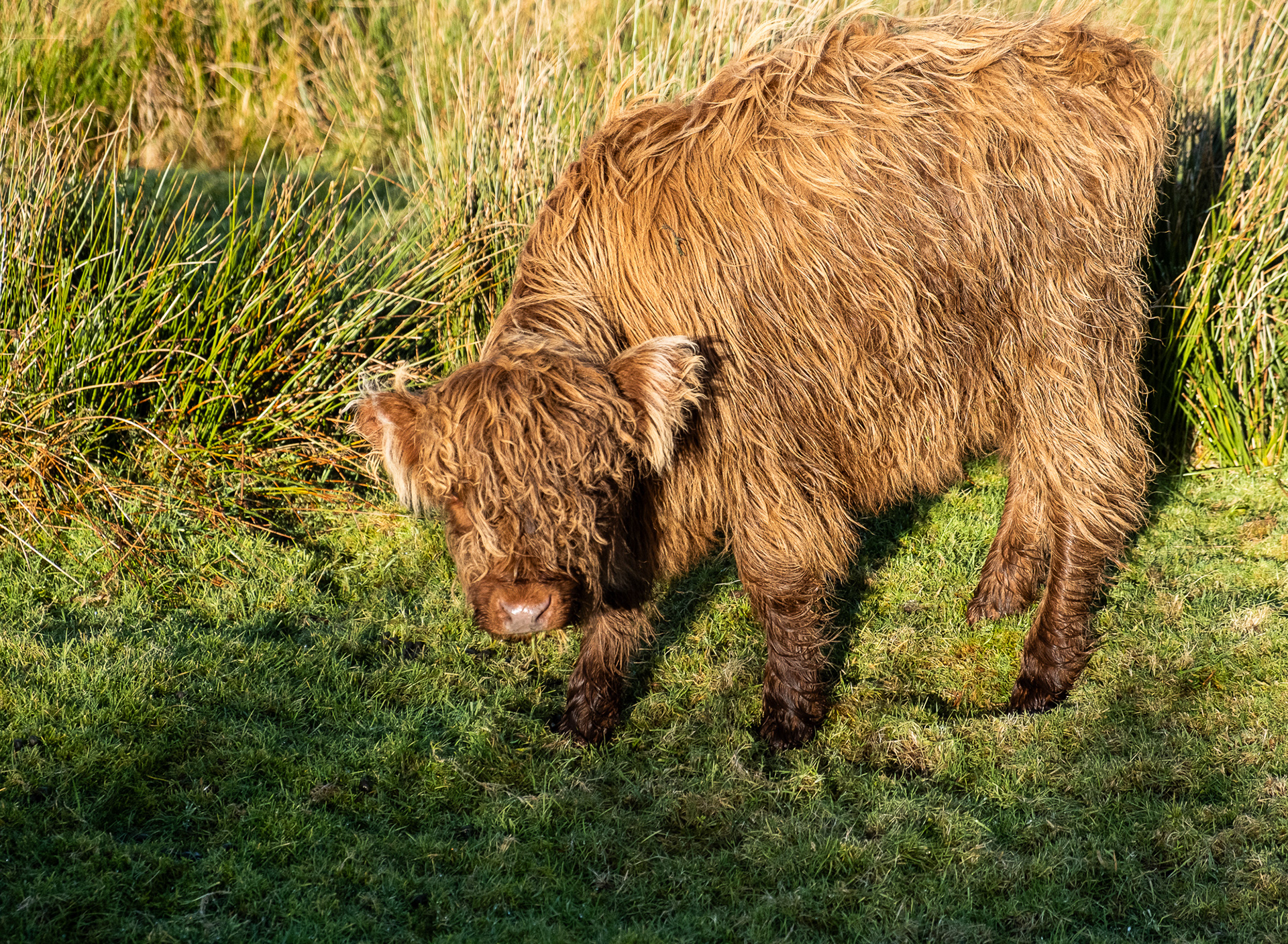
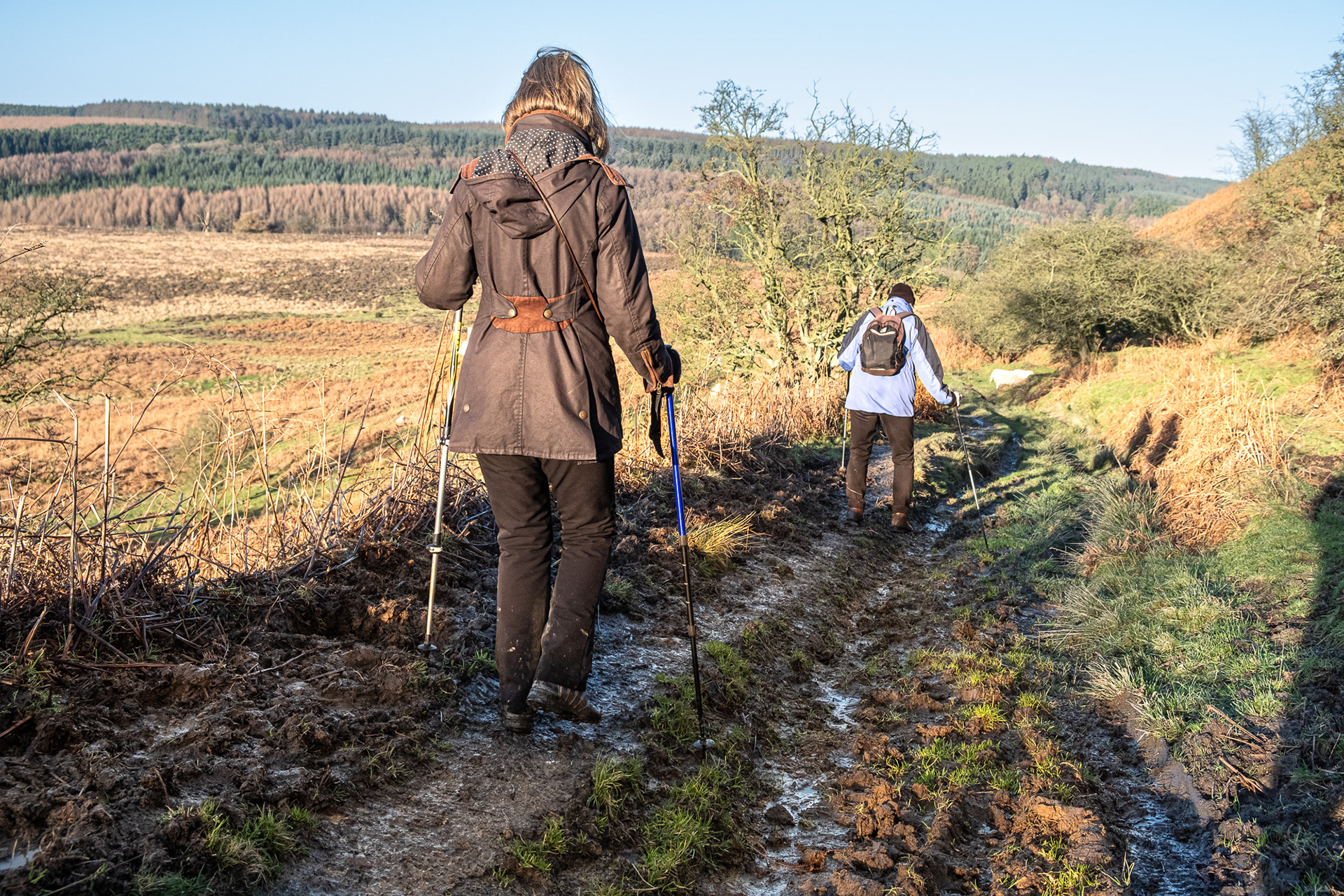
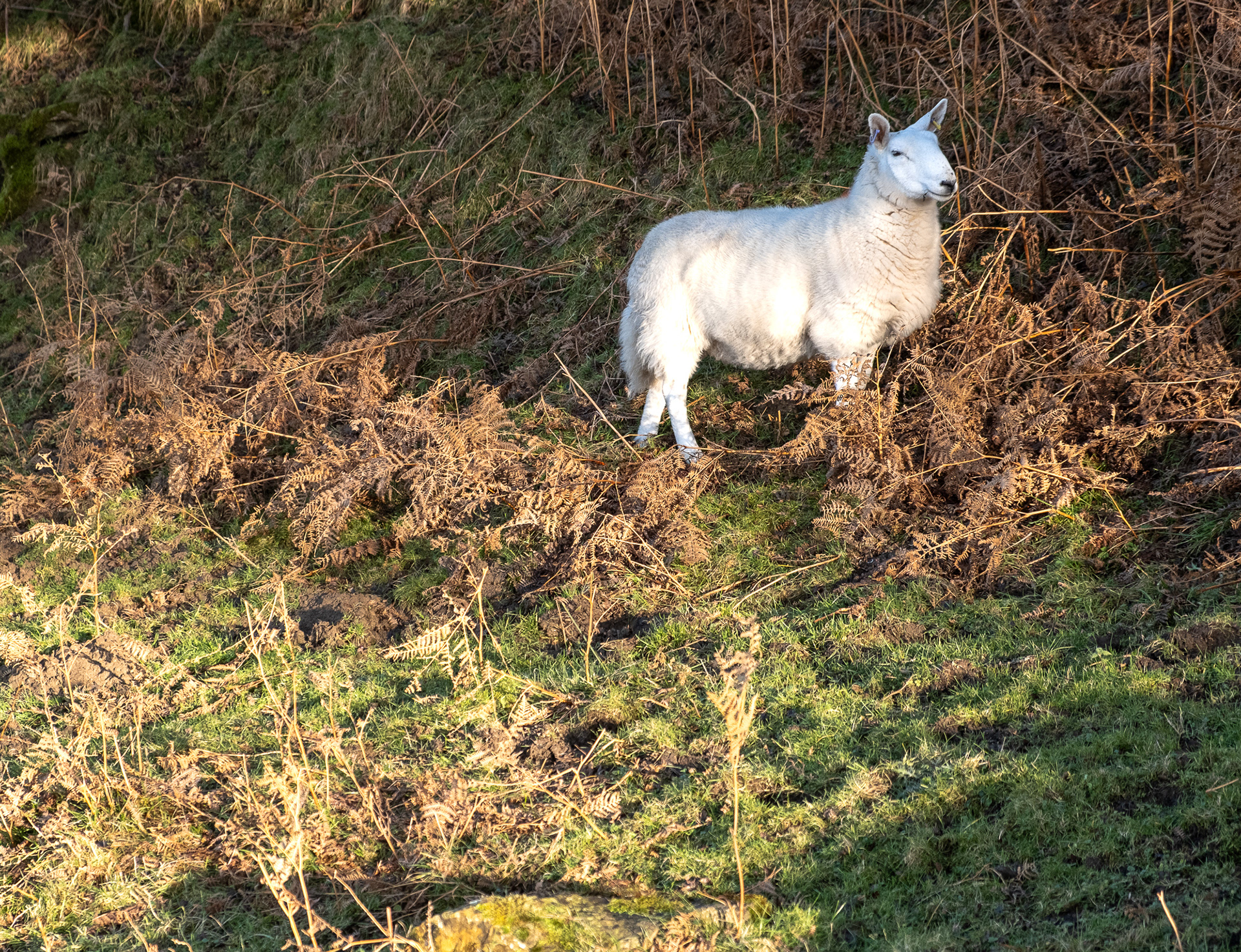
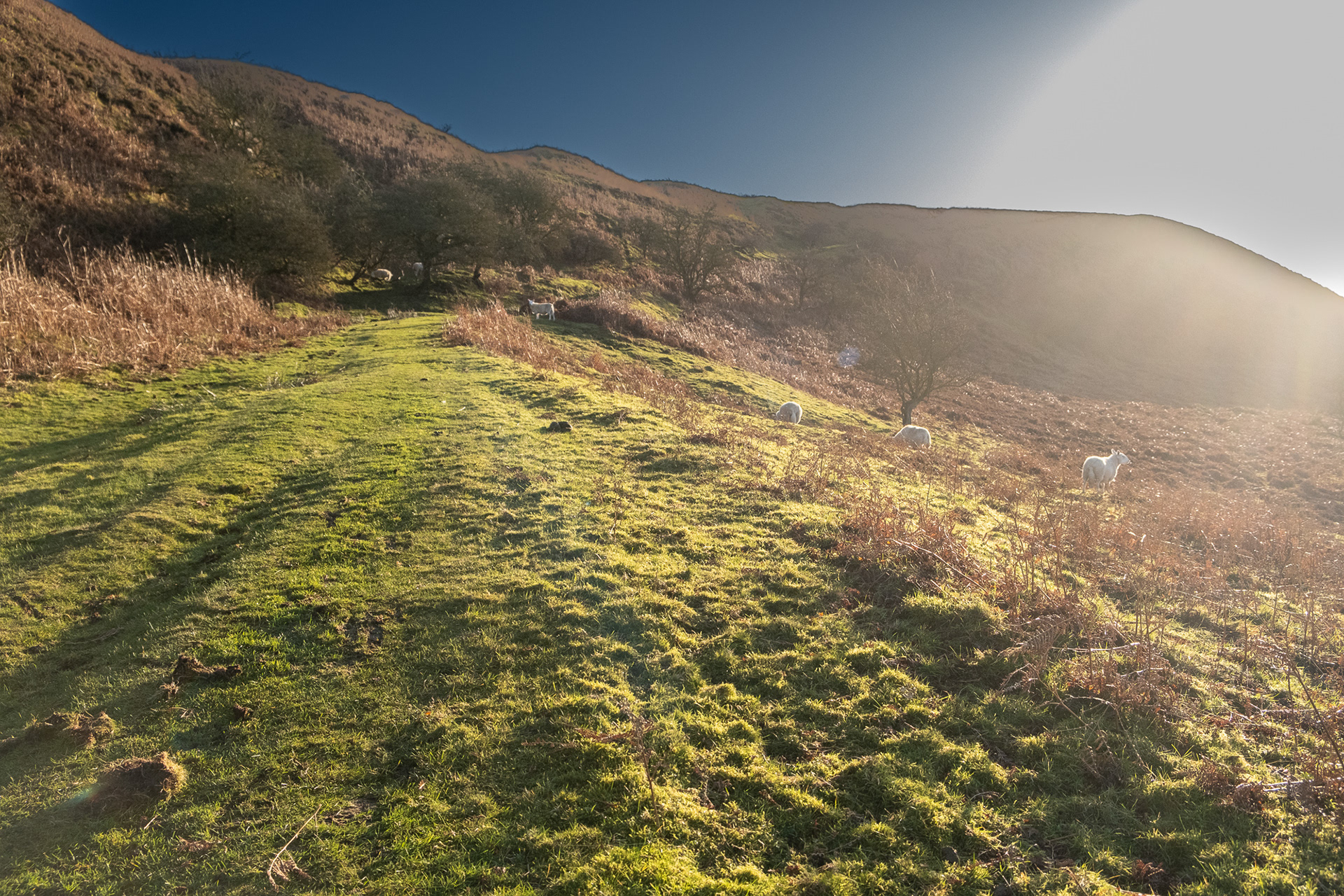
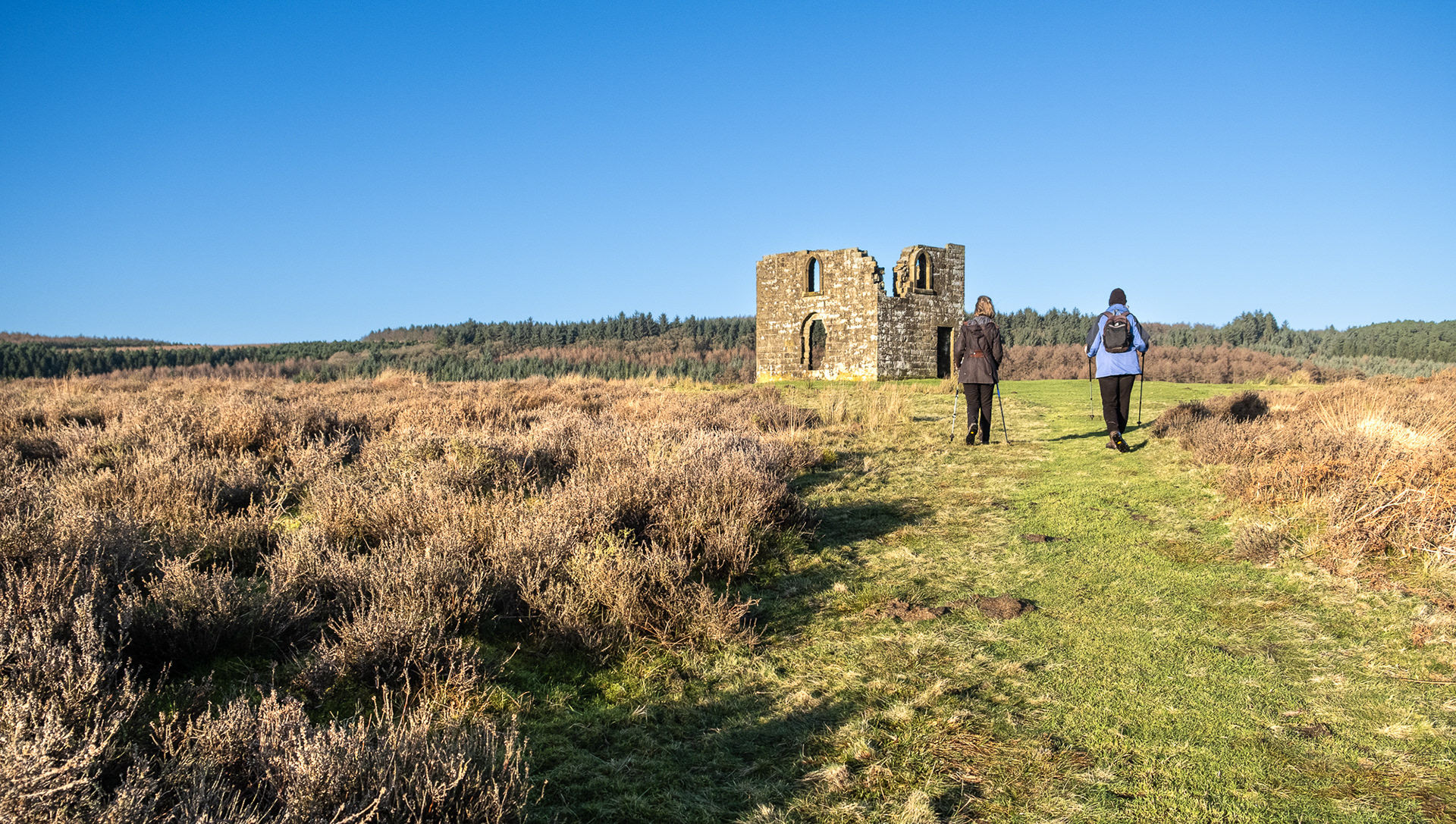
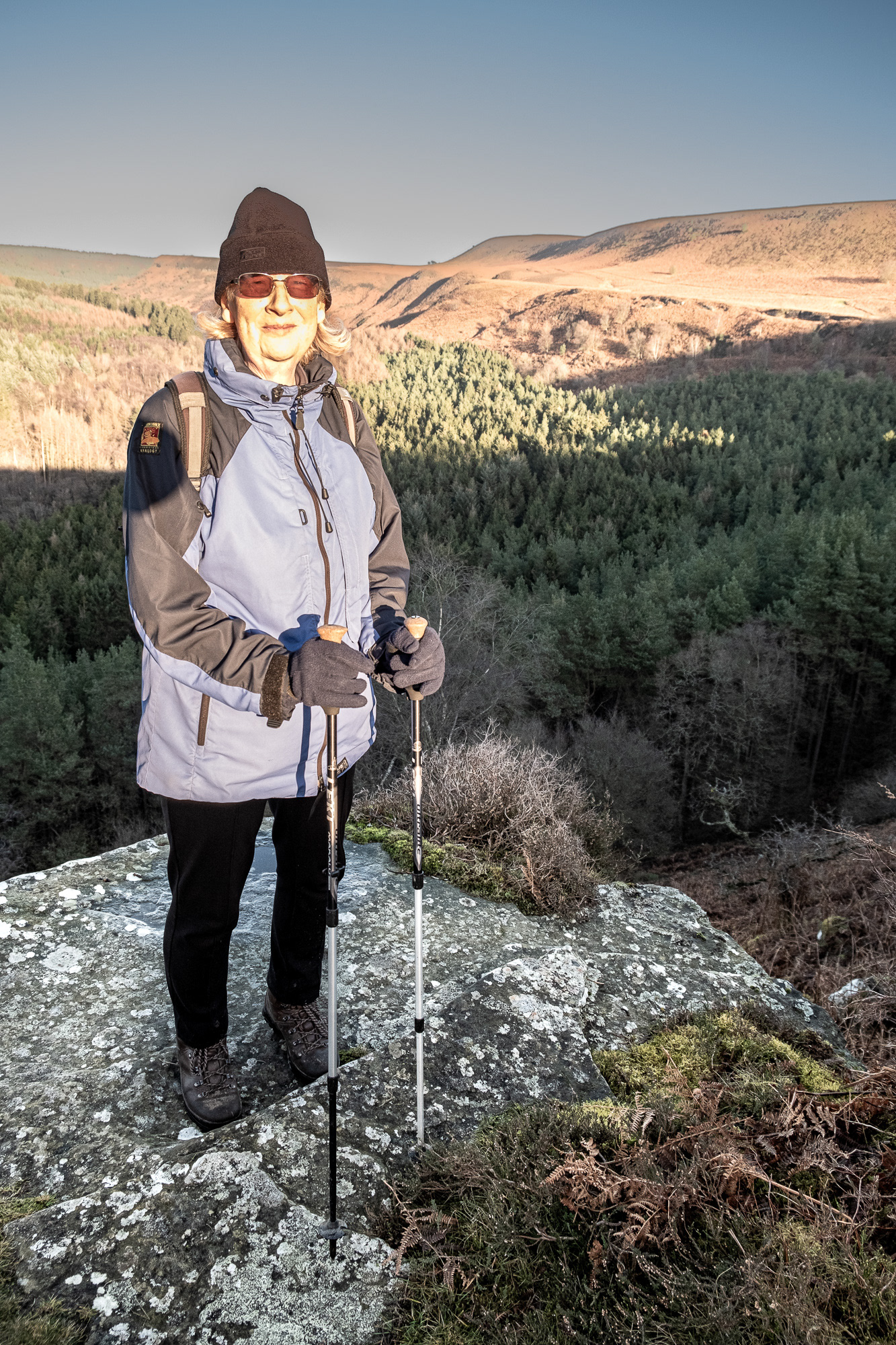
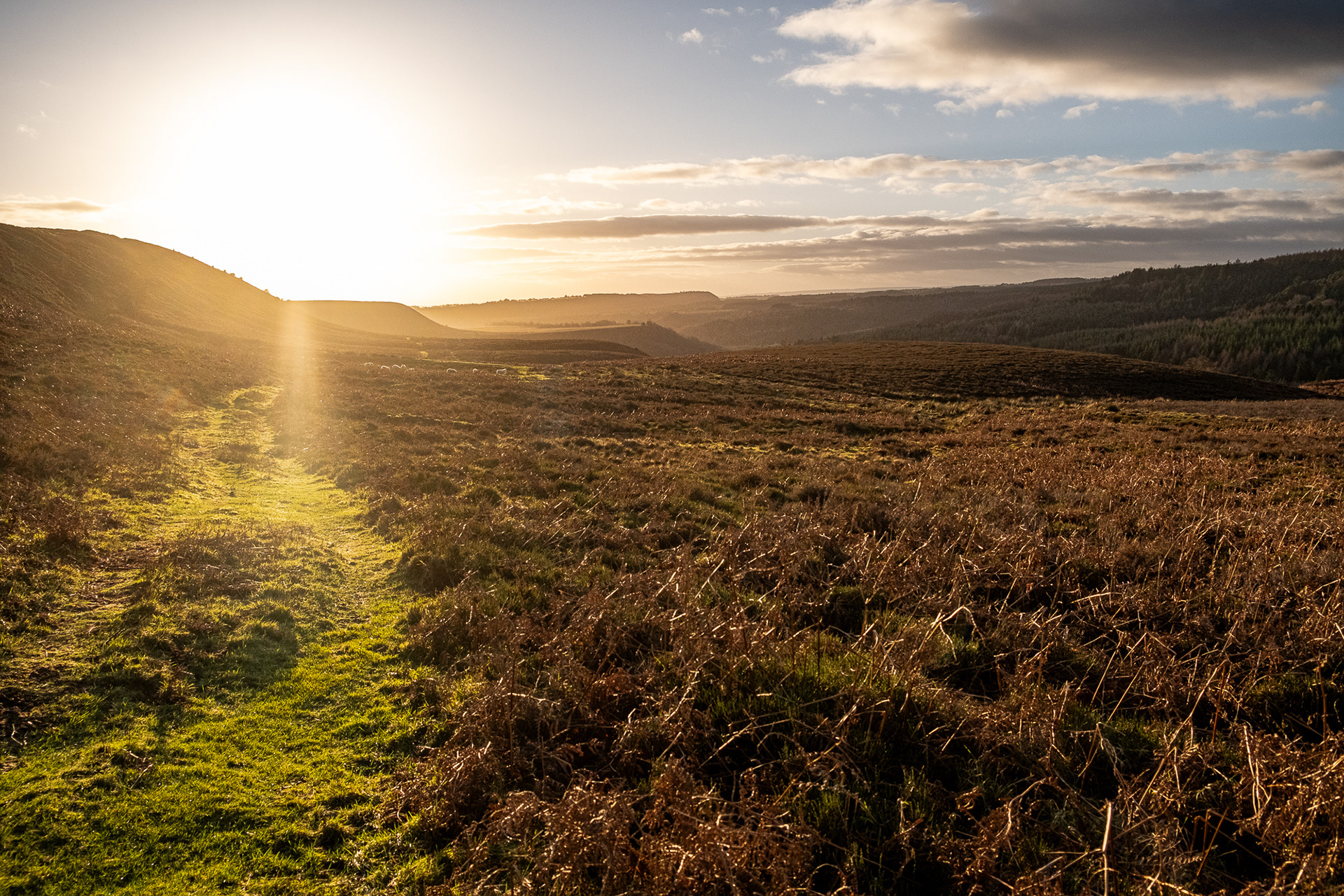
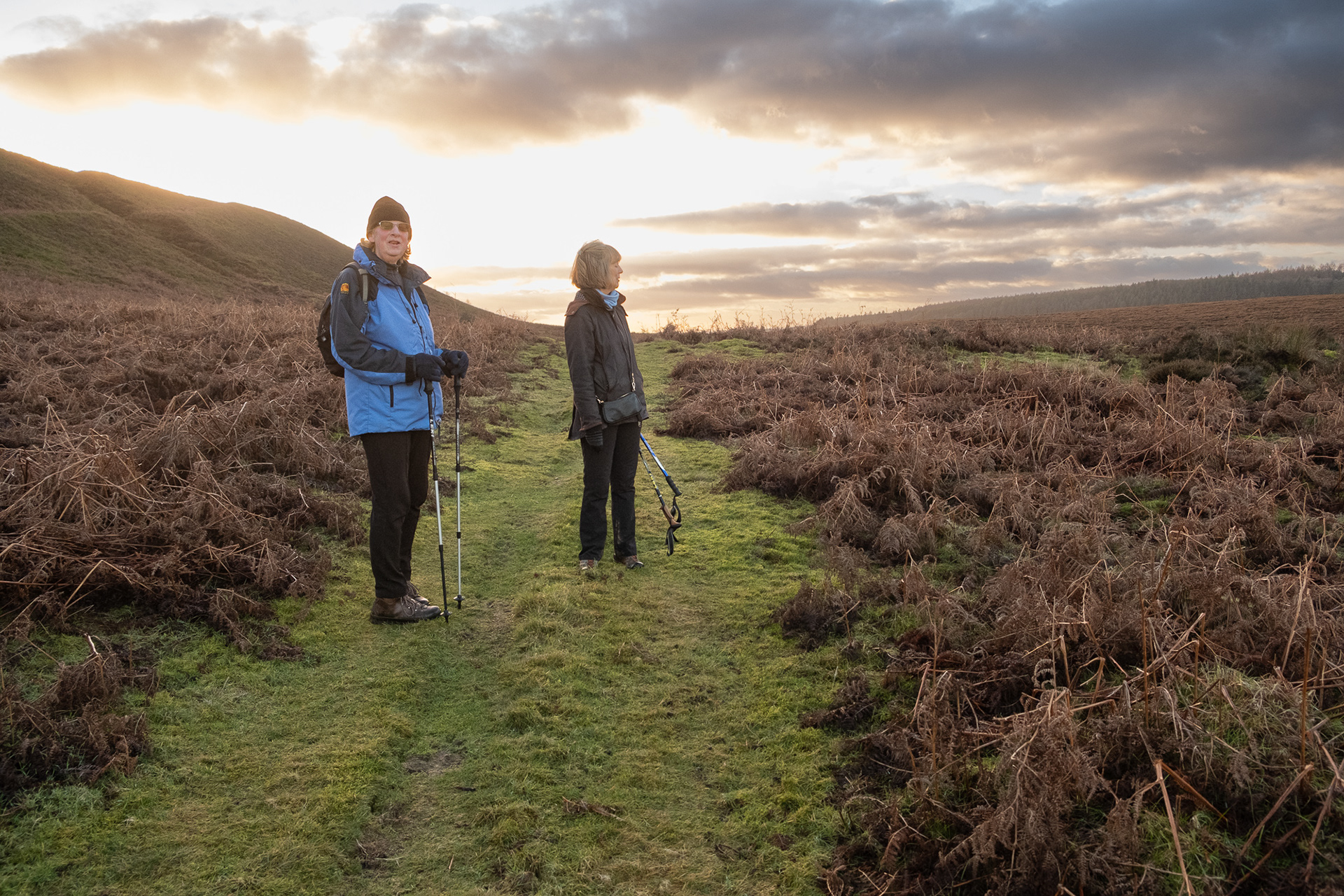

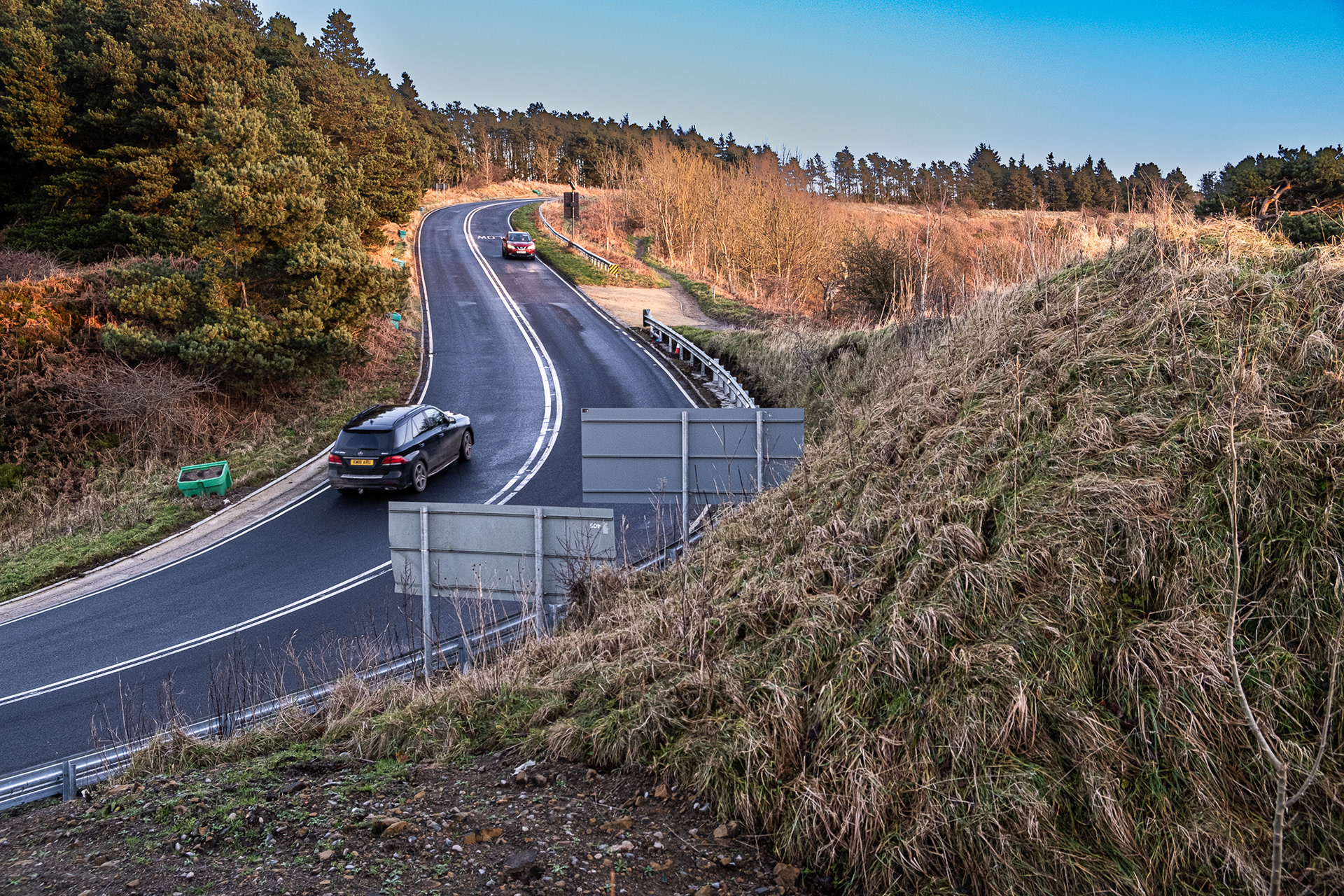
How was the Hole of Horcum created?
The Hole of Horcum was formed by a process named spring-sapping. Spring sapping is when water wells up from the hillside and gradually undermines the slopes above. It eats away at the rocks over thousands of years, resulting in a widened and deepened hole in the valley. This process continues, so the Hole of Horcum is constantly changing.
The local legend of the Hole of Horcum, The Devil’s Punch Bowl
Many people call the Hole of Horcum the ‘Devil’s Punch Bowl.’ It is said that Wade The Giant created the hole during a fight with his wife, Bell. He grabbed a handful of earth to throw at her. Fortunately, he missed, and the mound of earth sailed past Bell and landed to form the outcropping Blakey Topping. North Yorkshire is jam-packed with myths and legends about giants and how they have shaped the landscape.
Skelton Tower
Skelton Tower was built as a shooting lodge in 1830 by the local rector in Levisham. The views stretch nearly 360 degrees. Goathland Moor to the north, the whole of Newtondale to the west and Pickering is to the south
